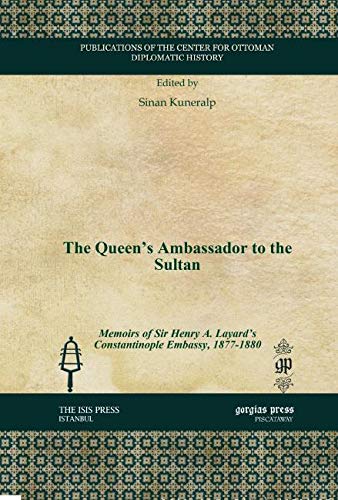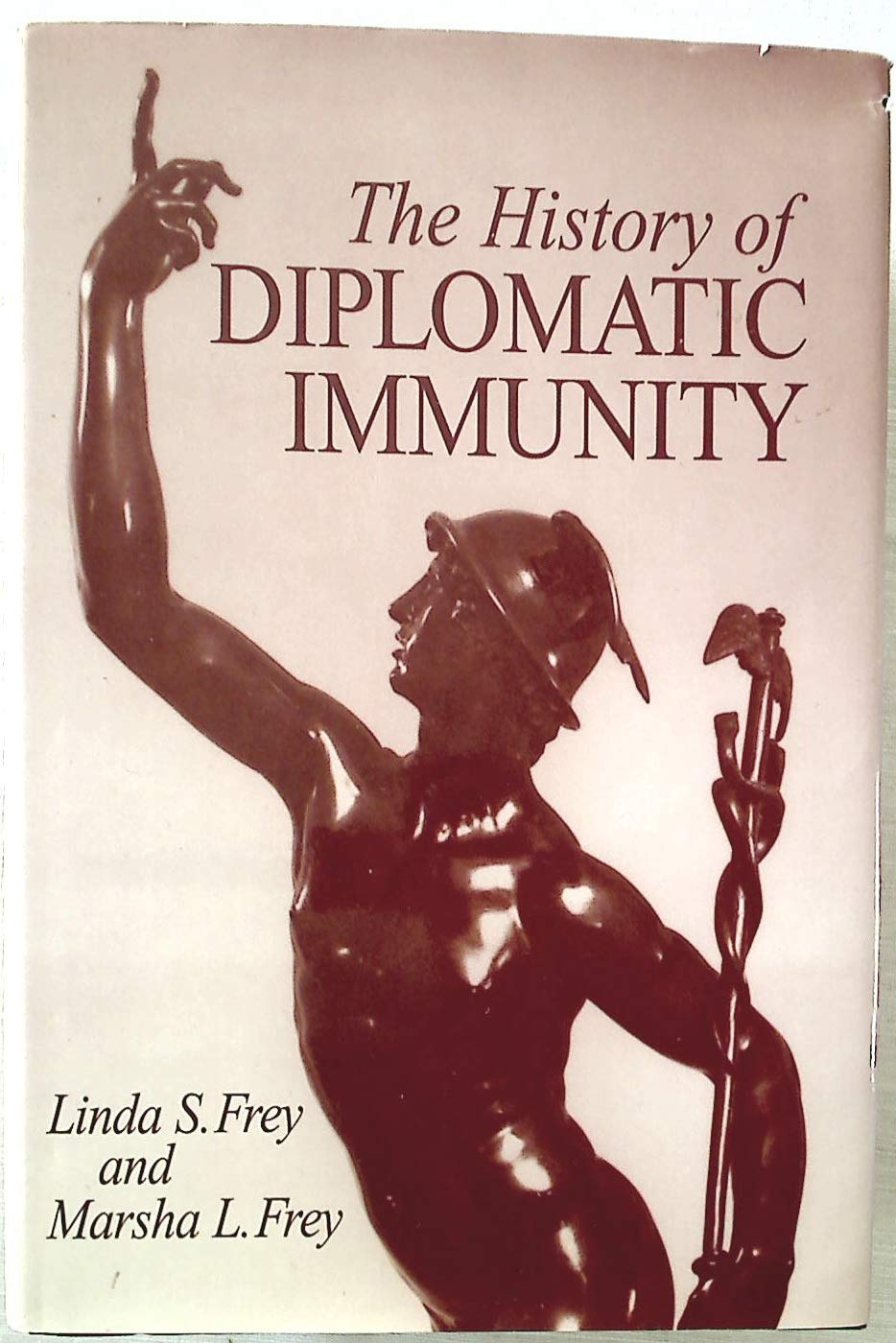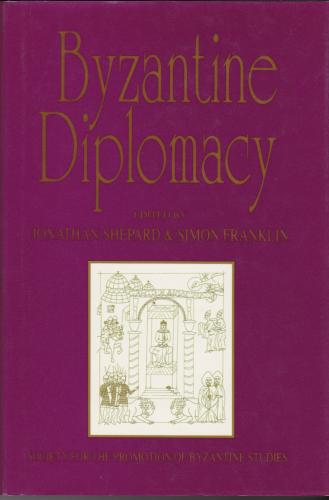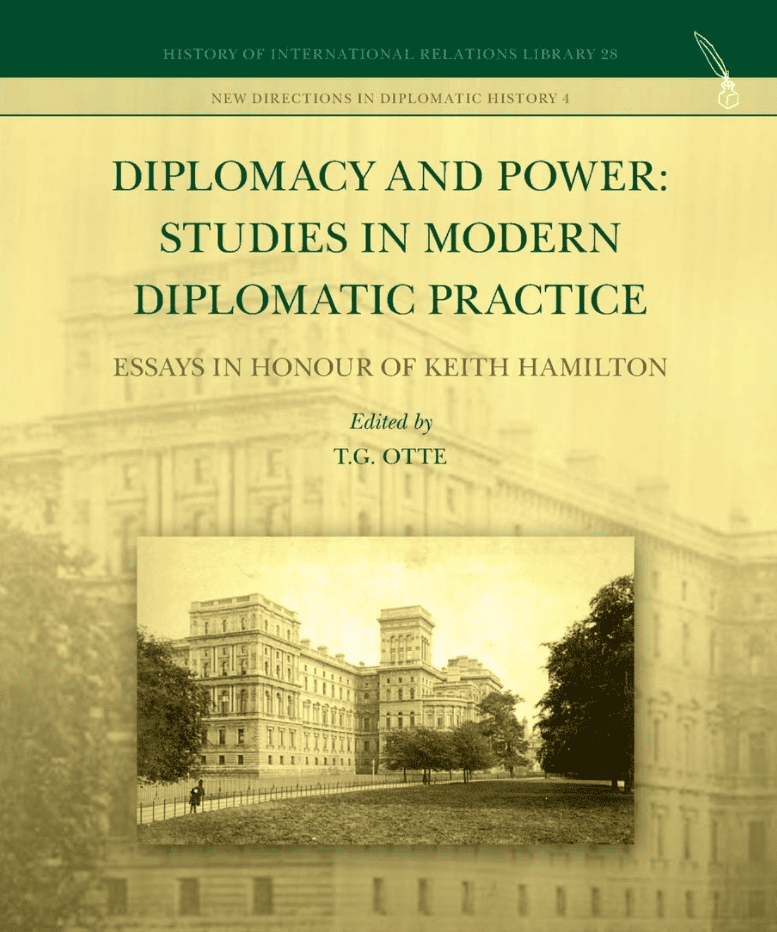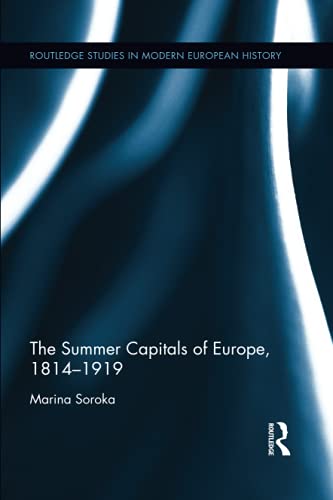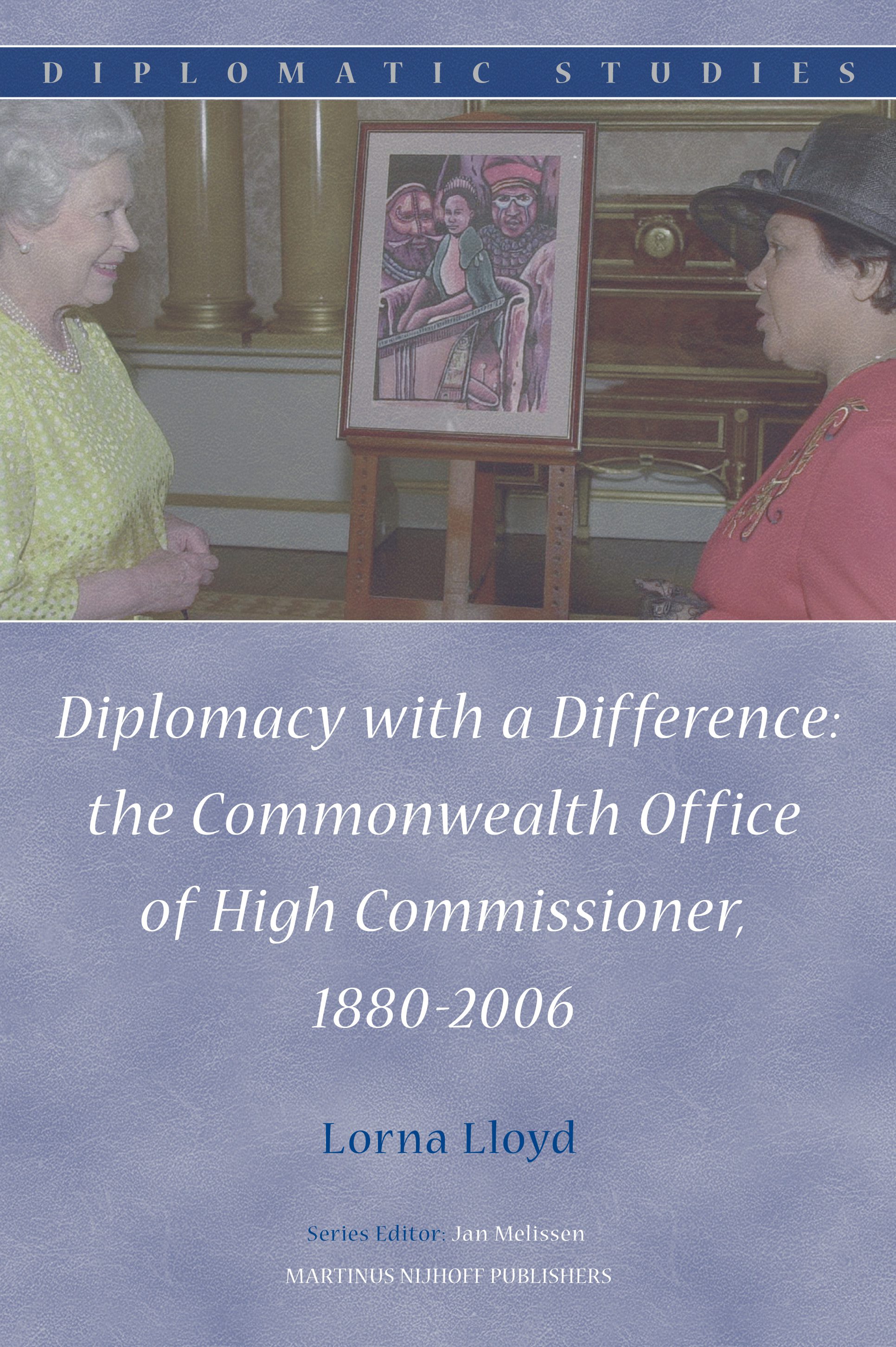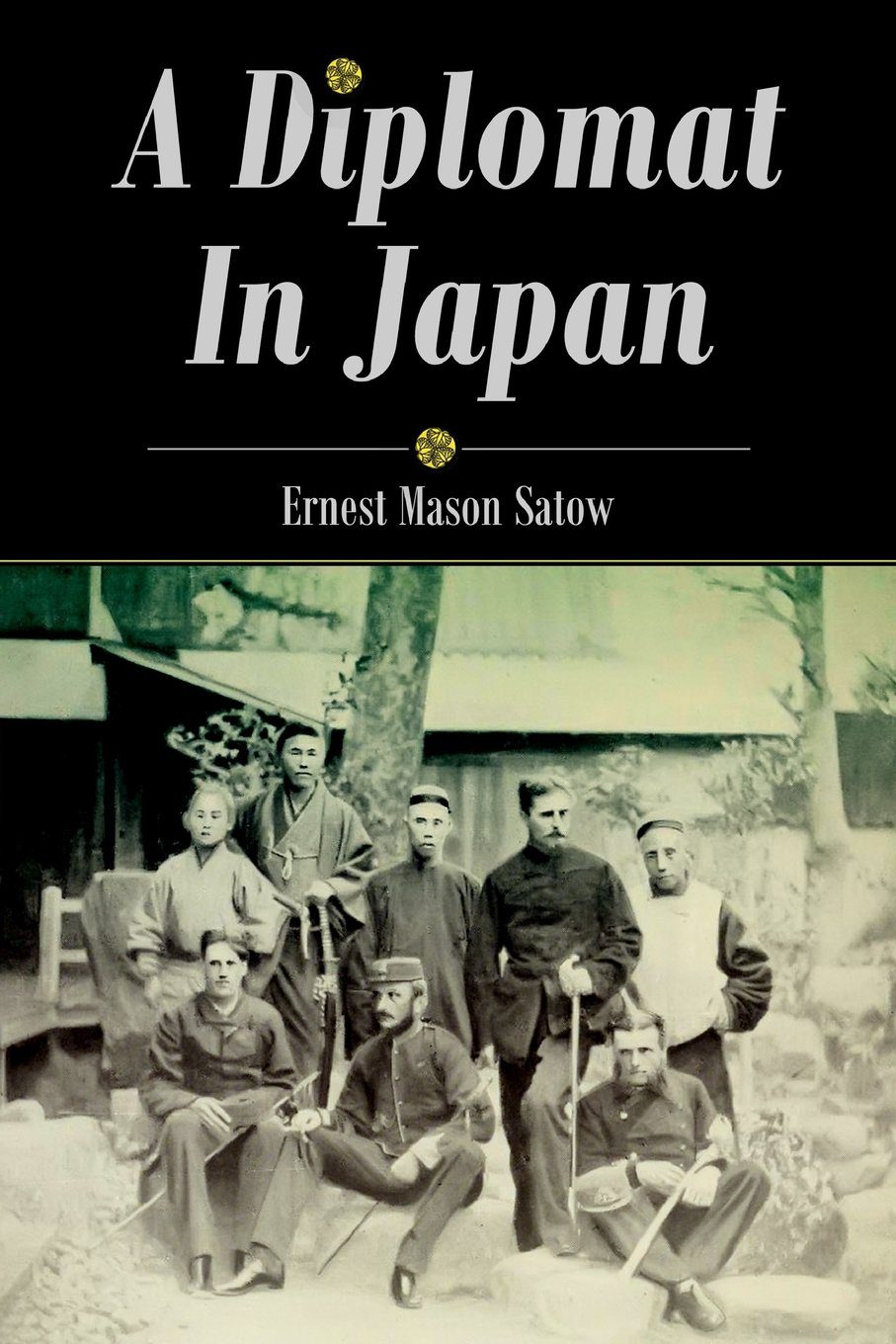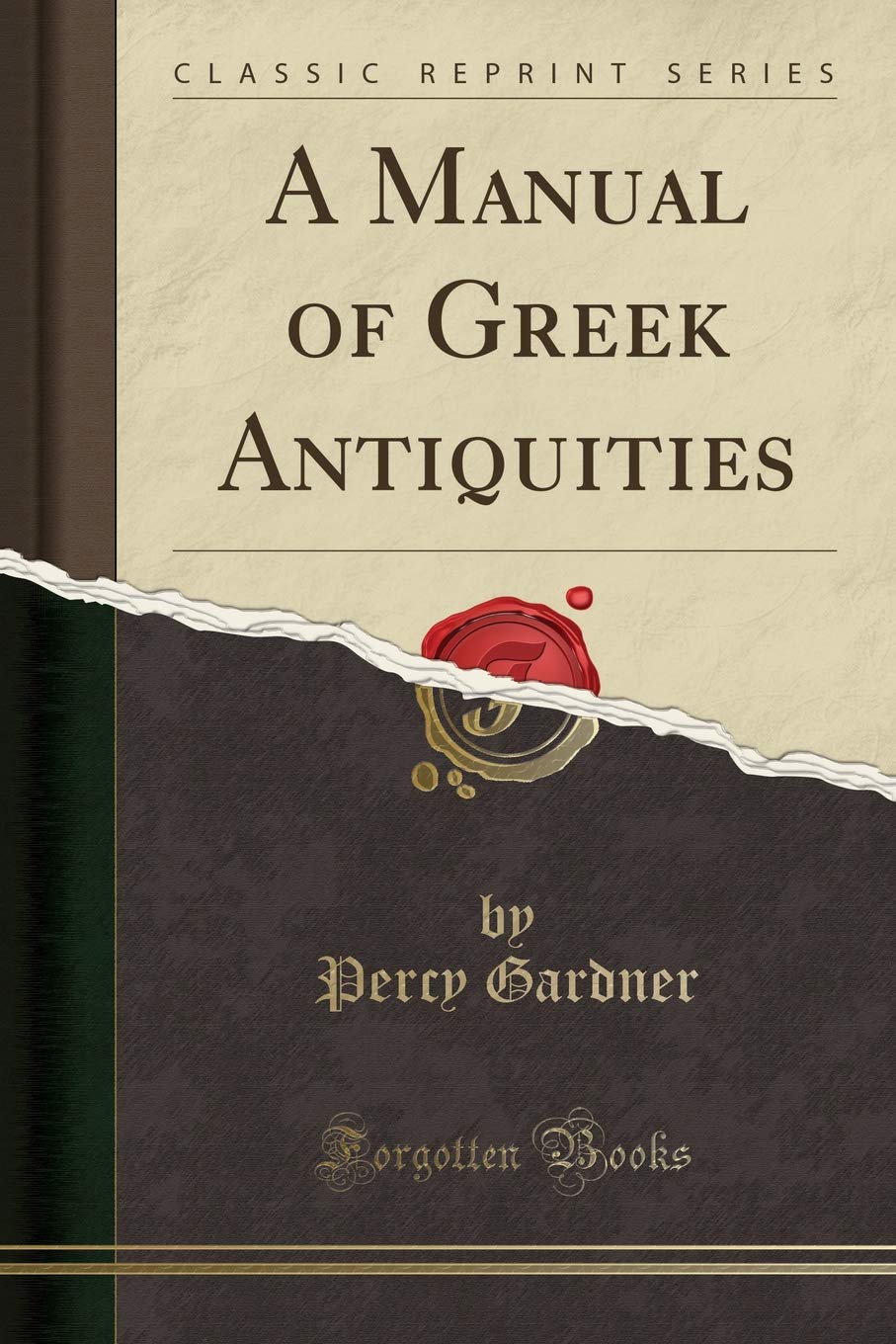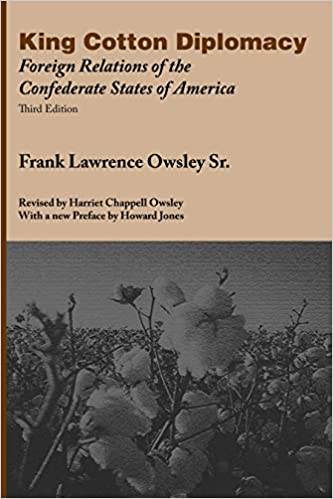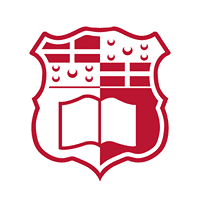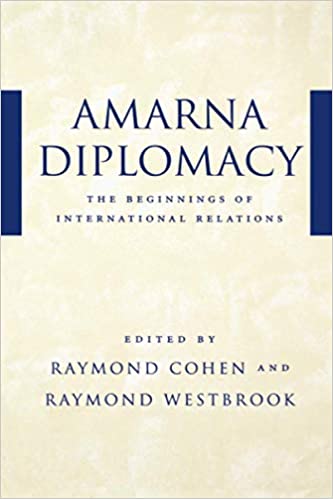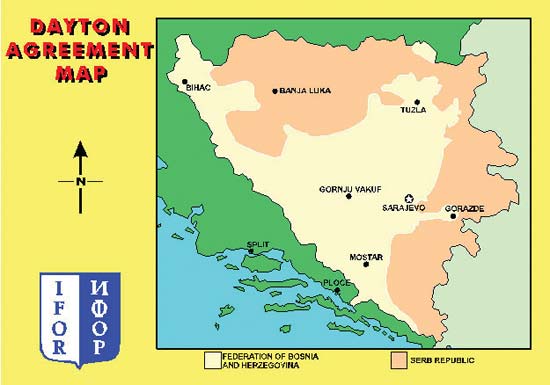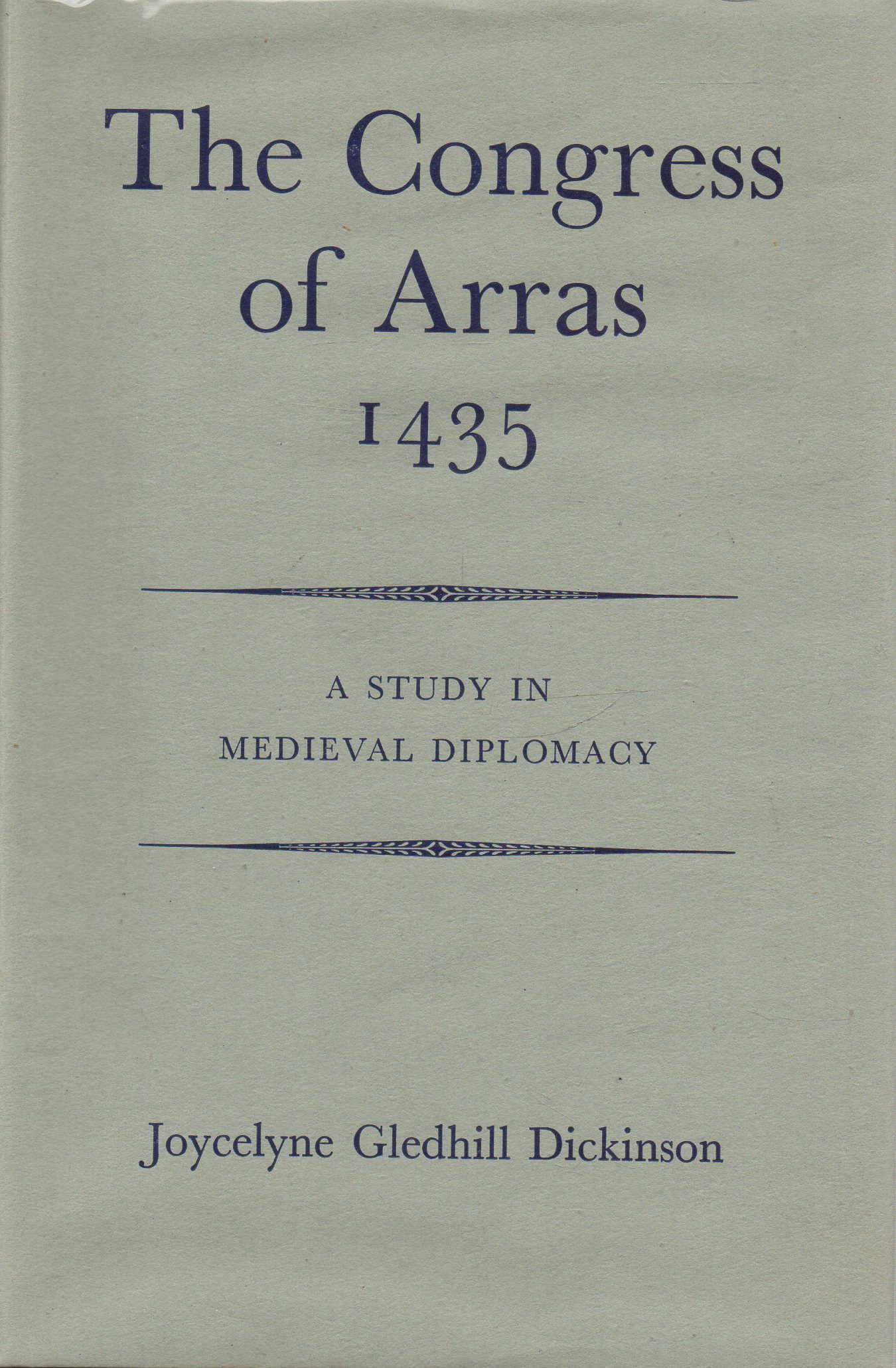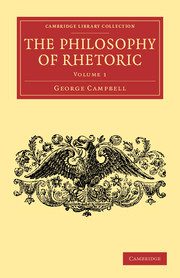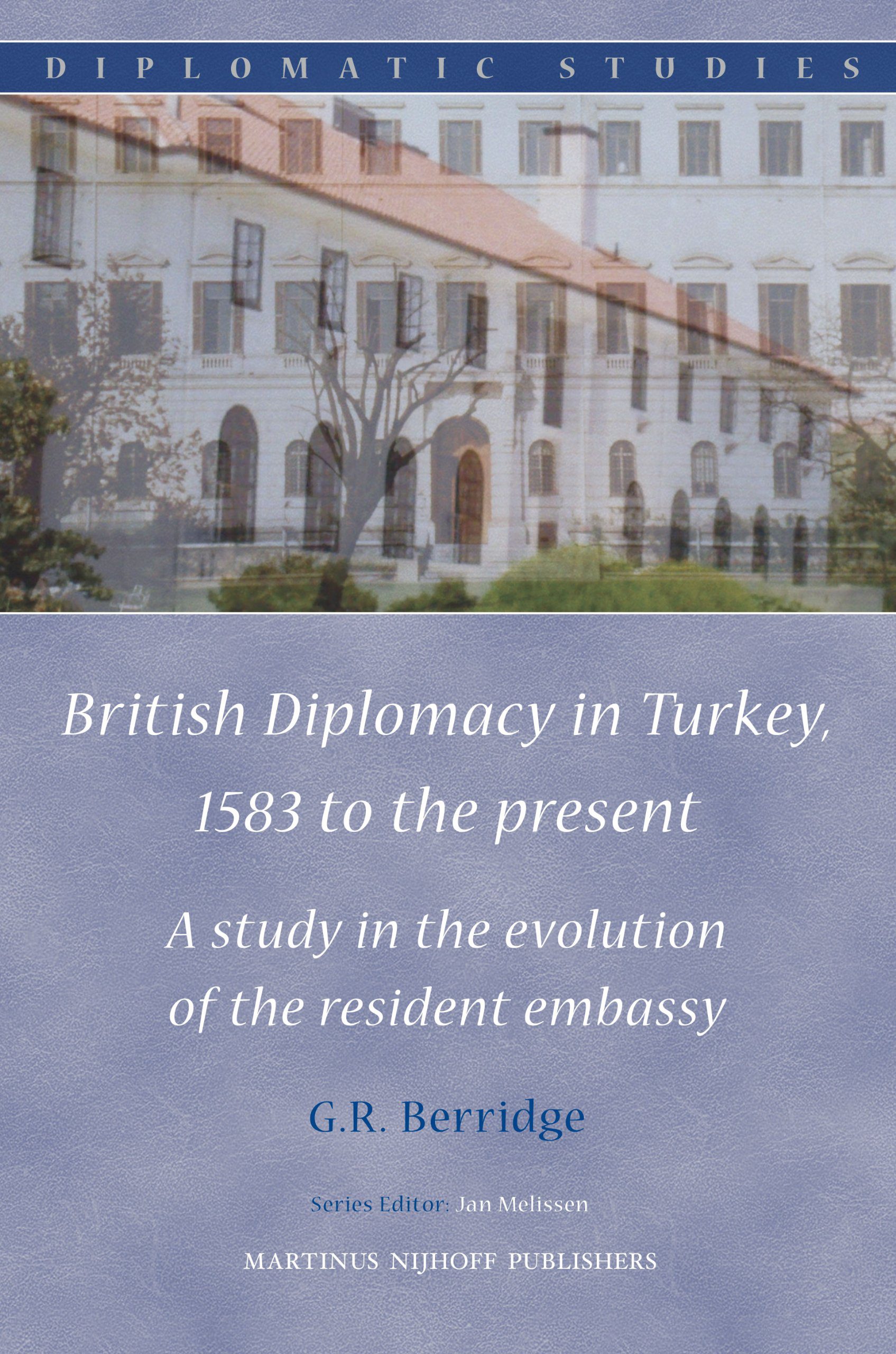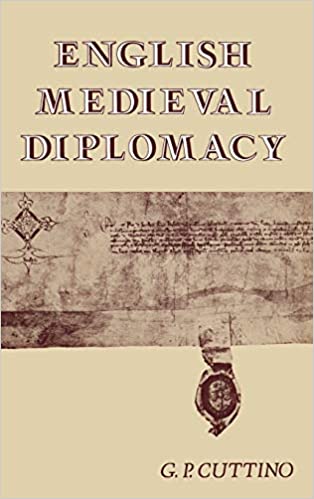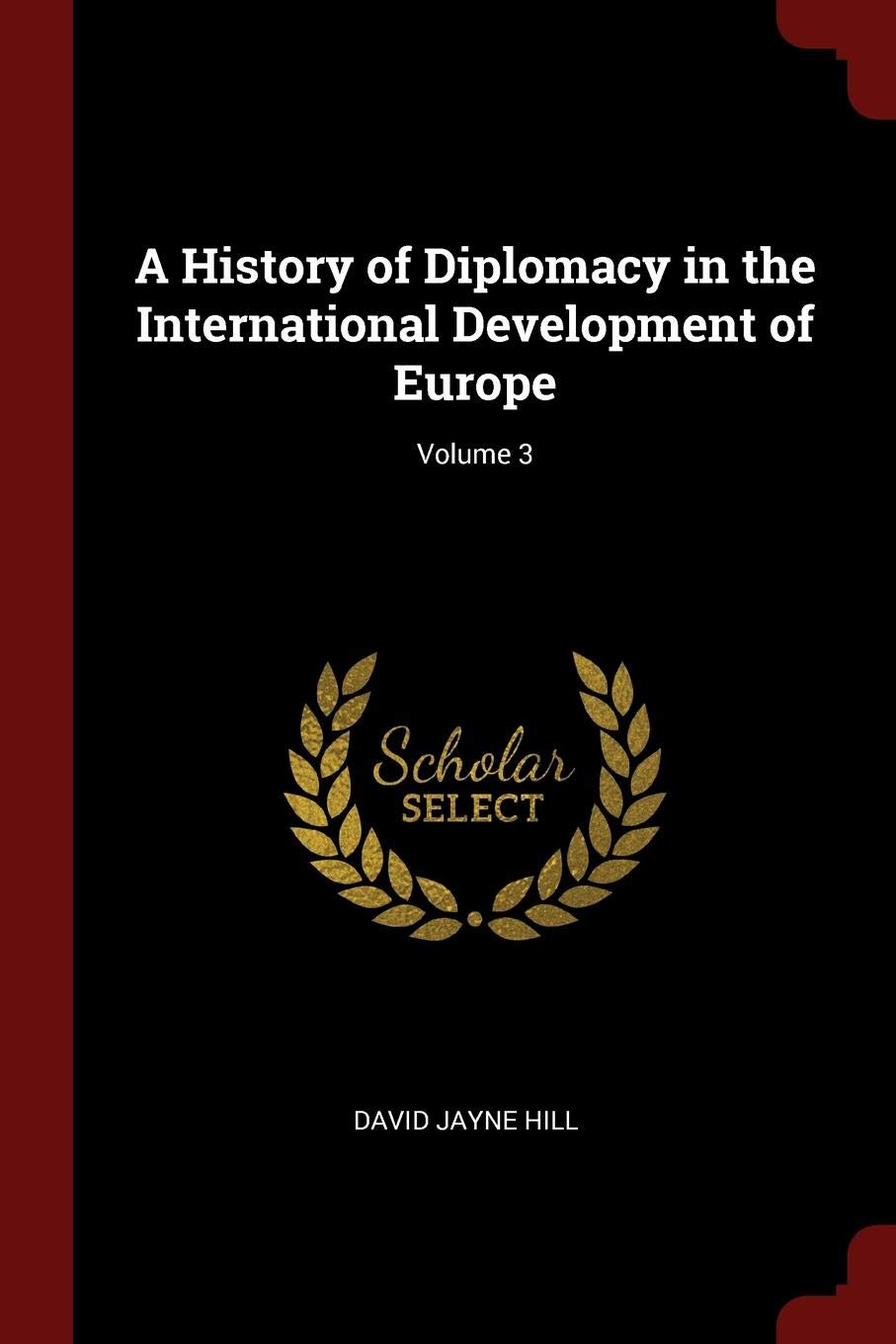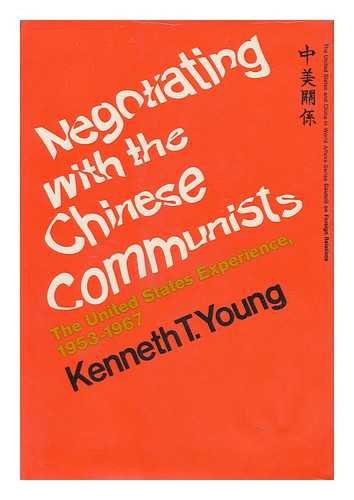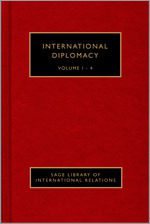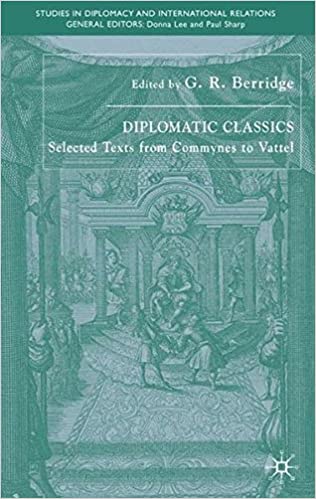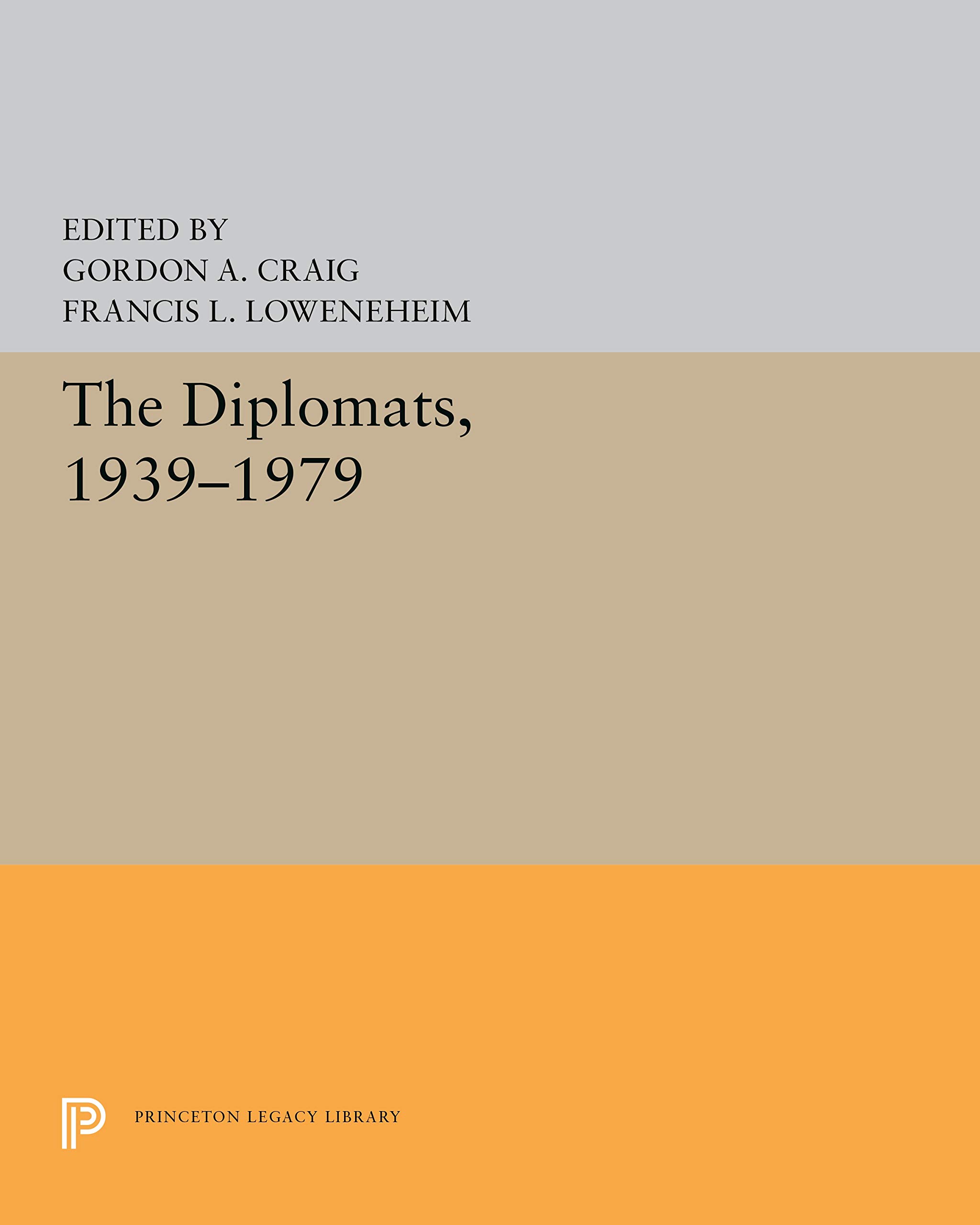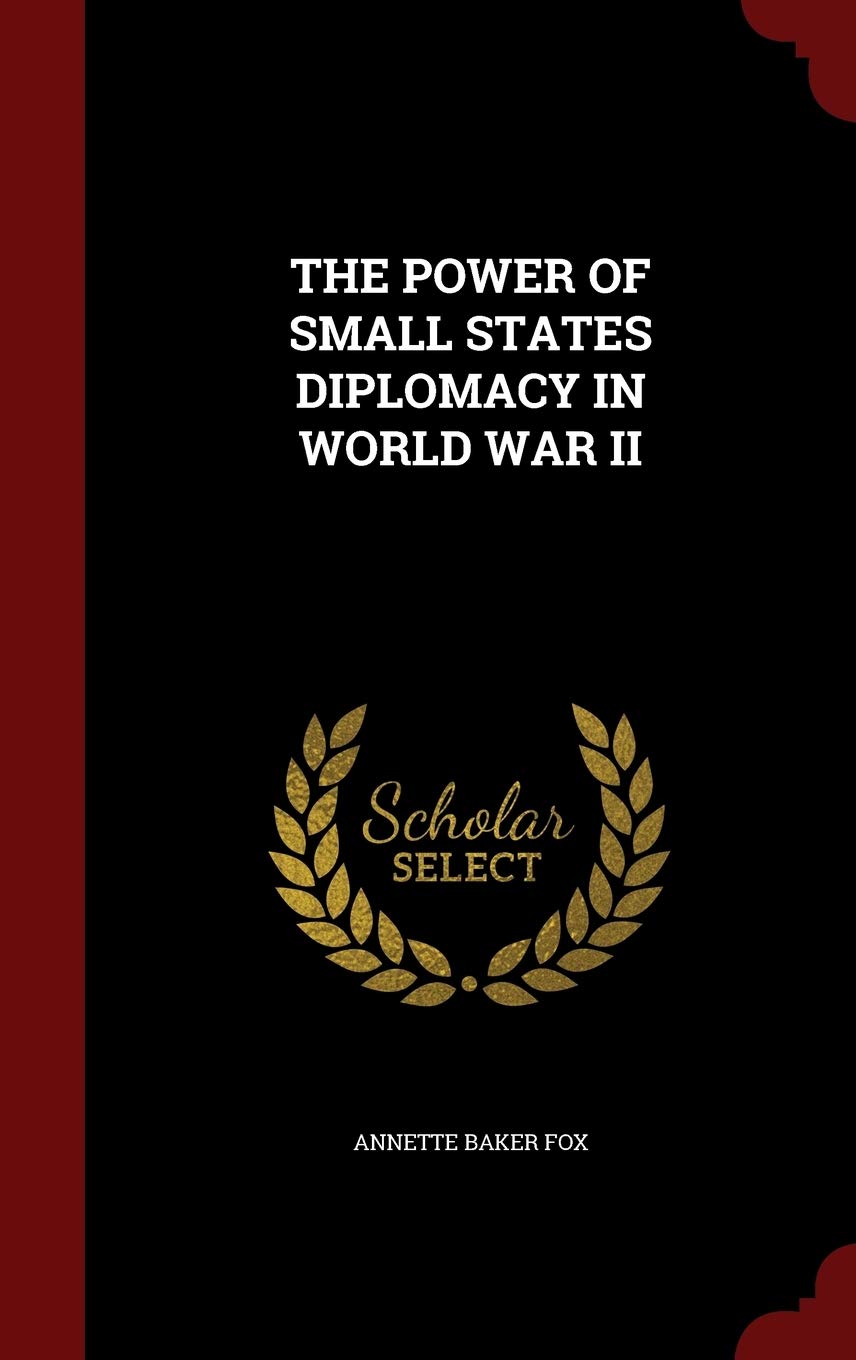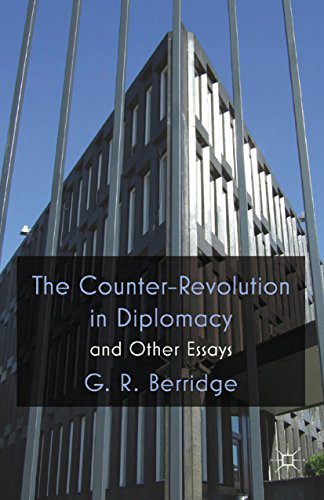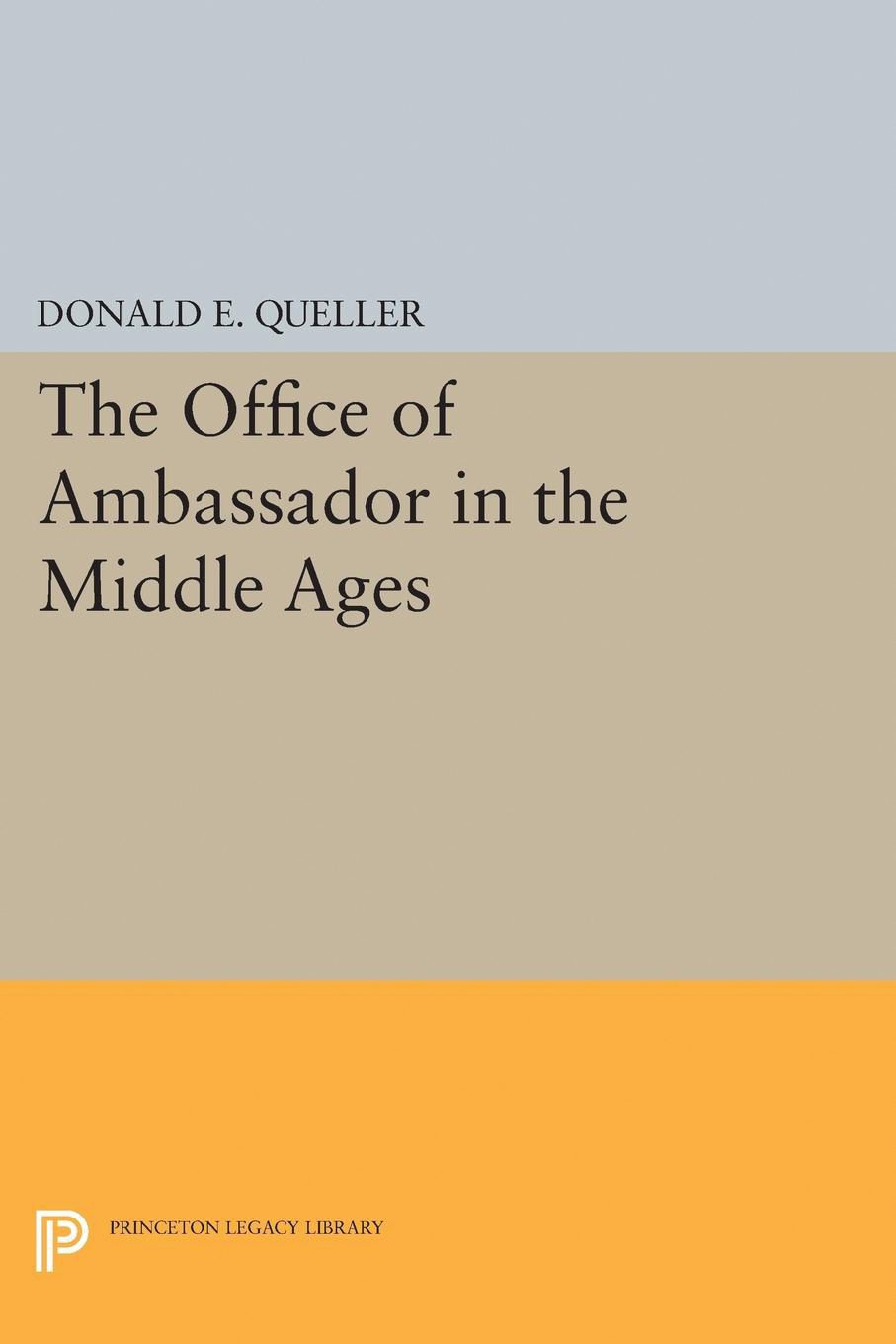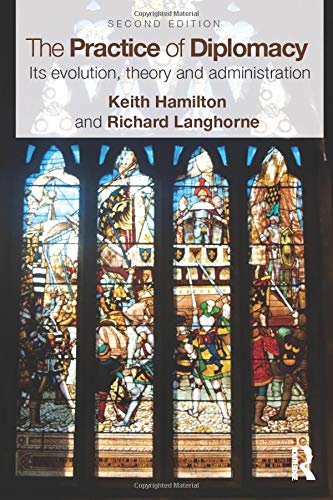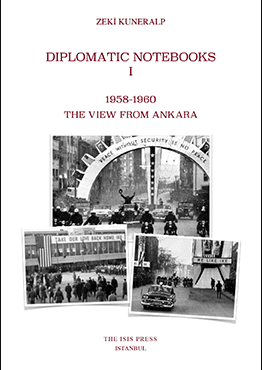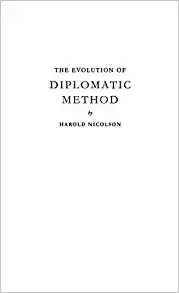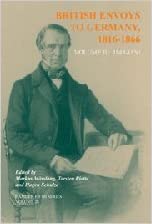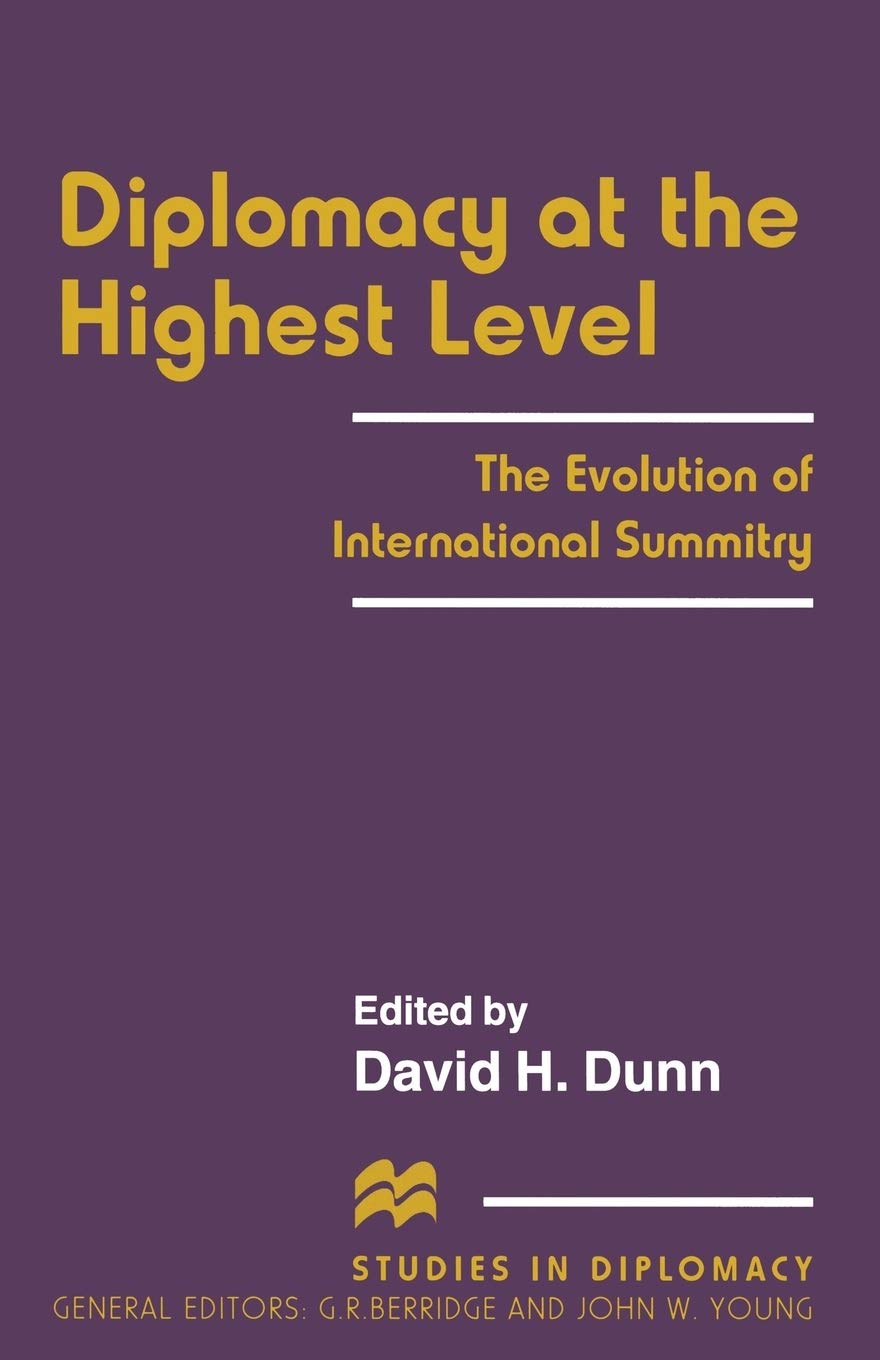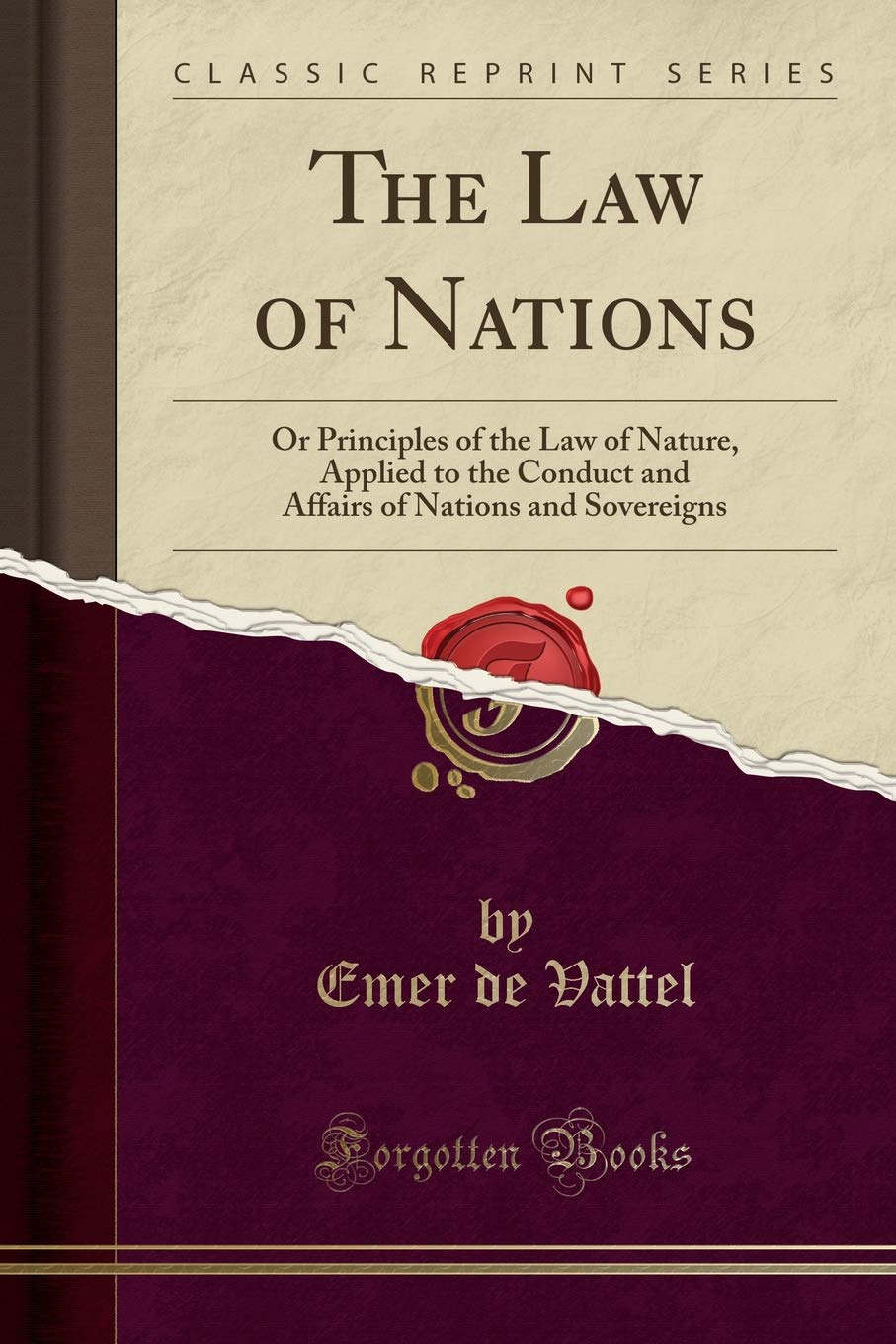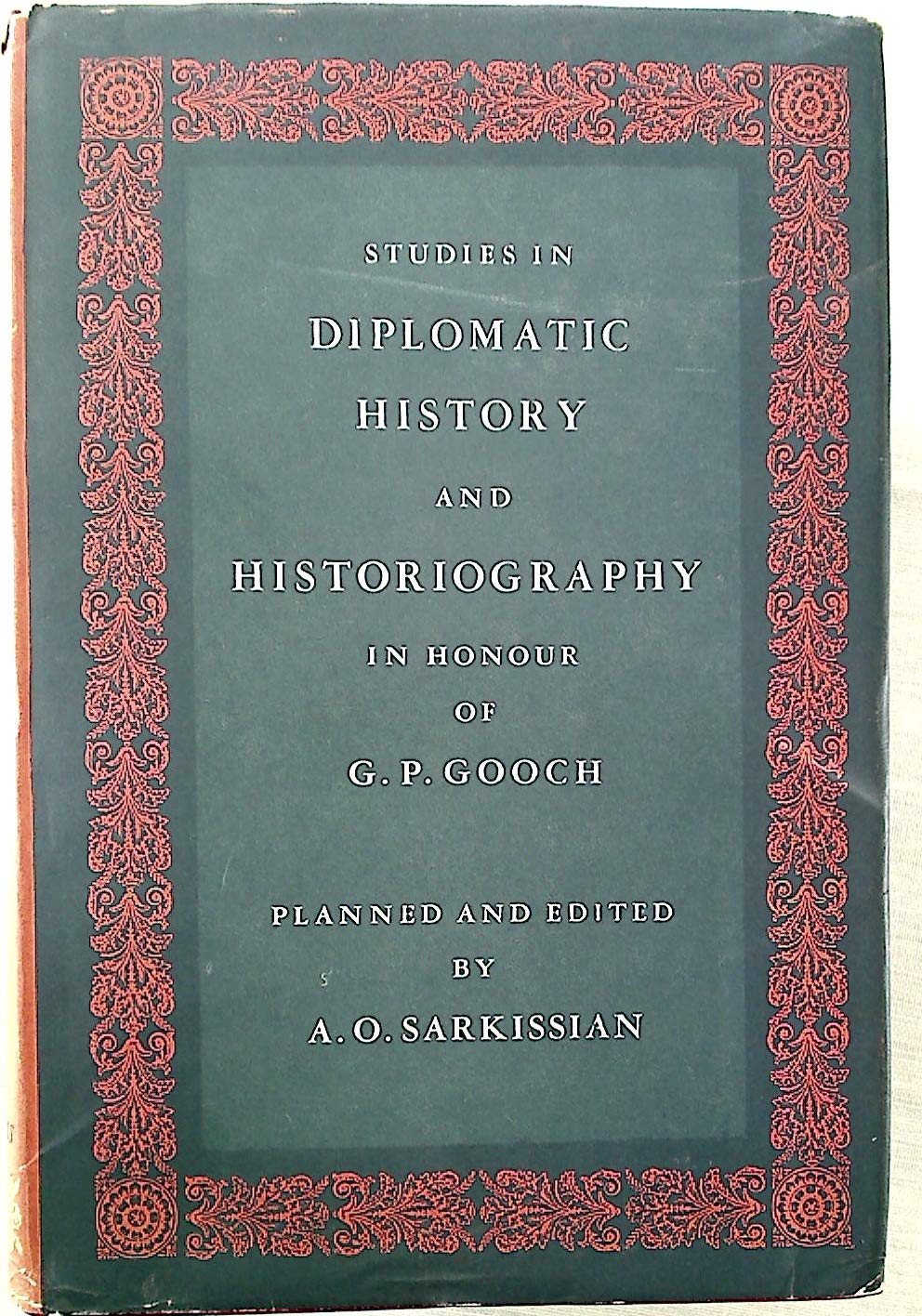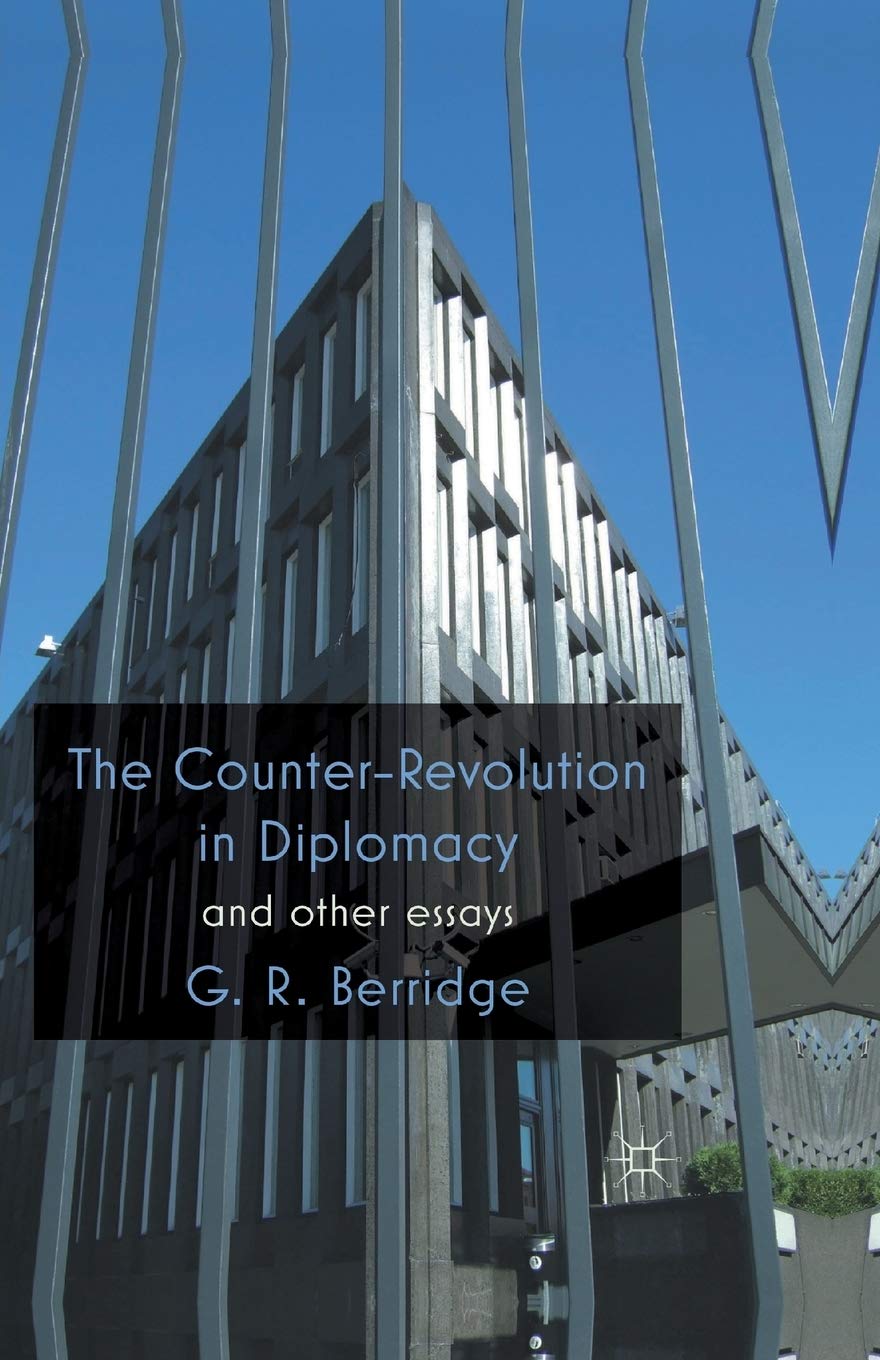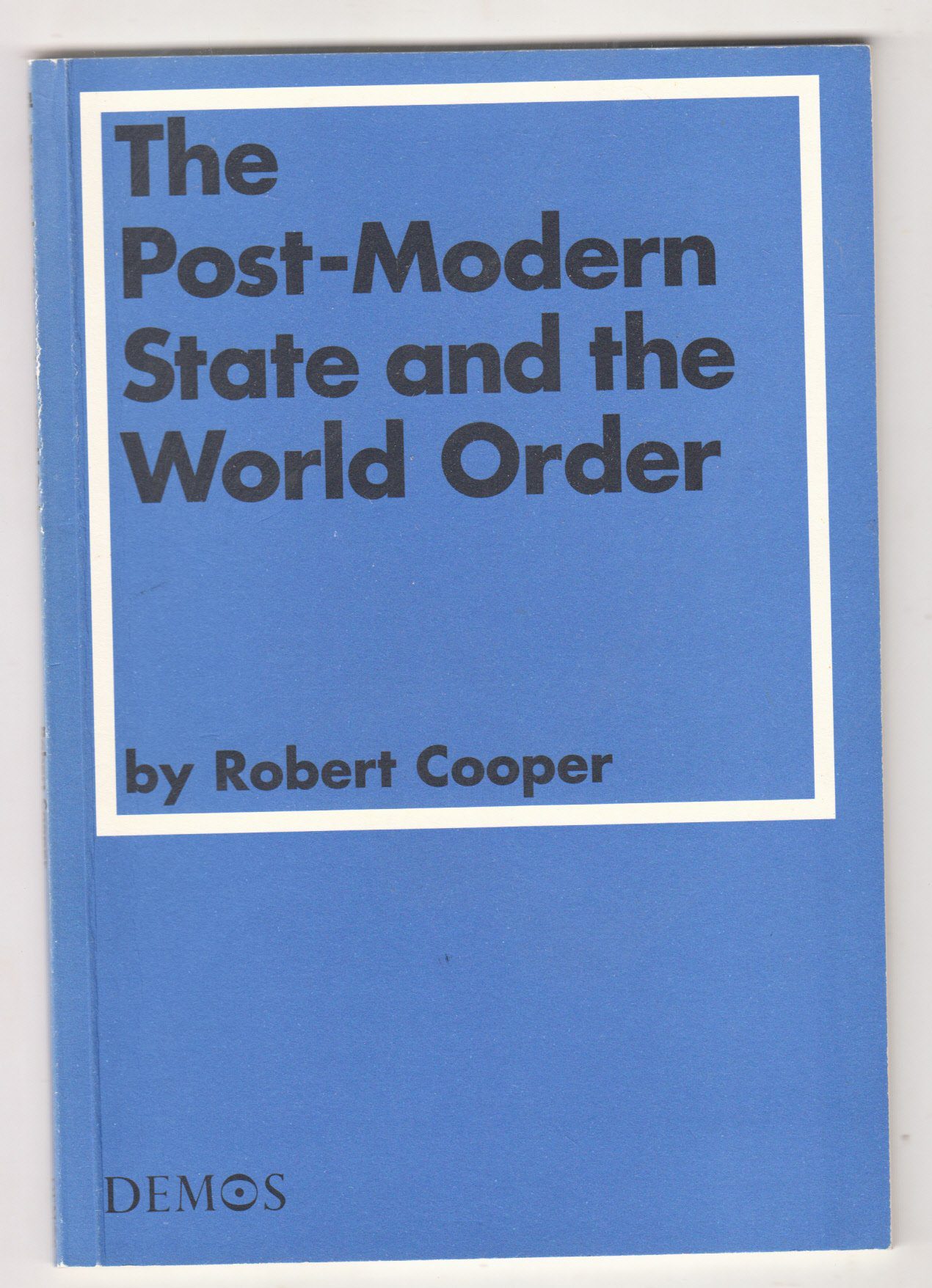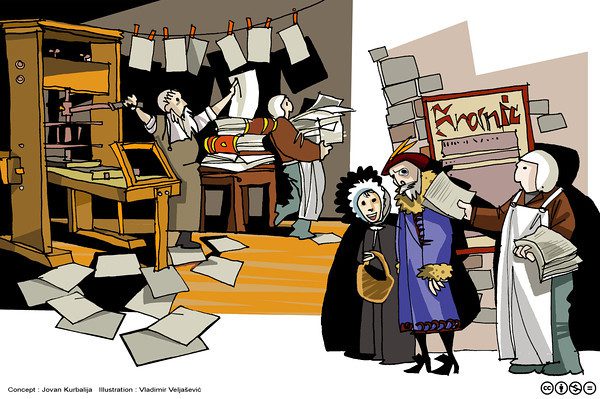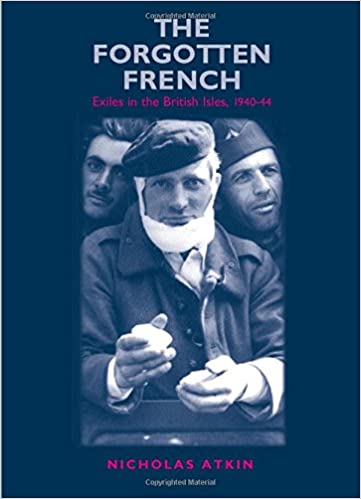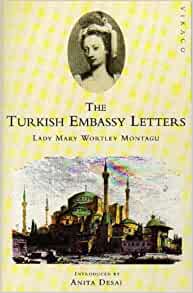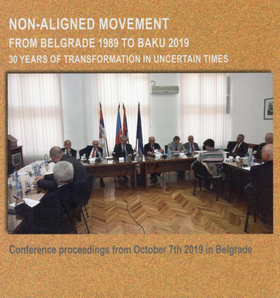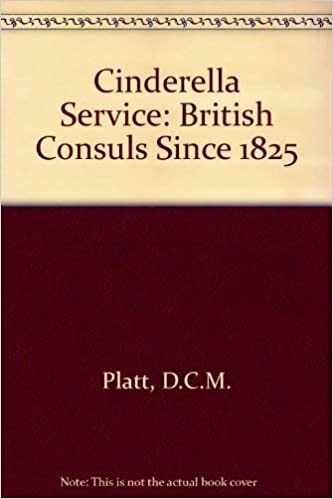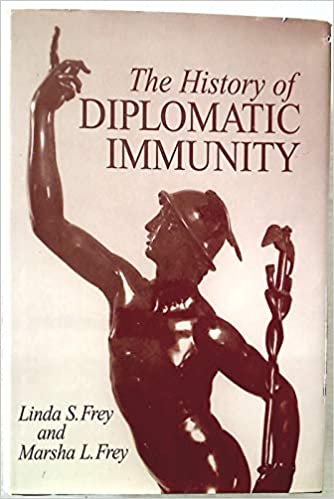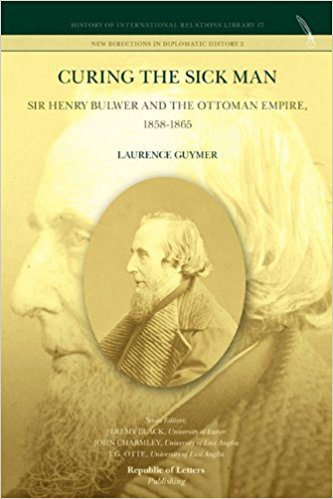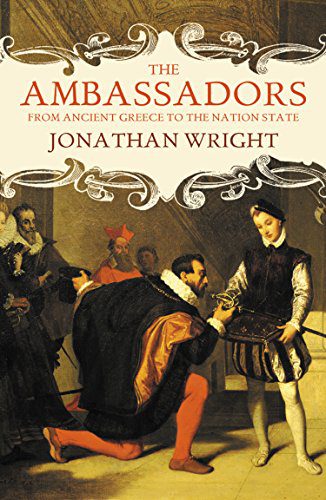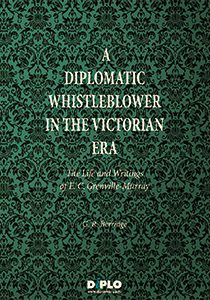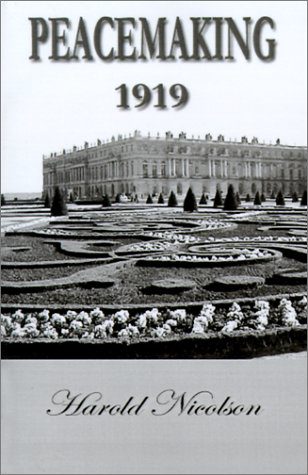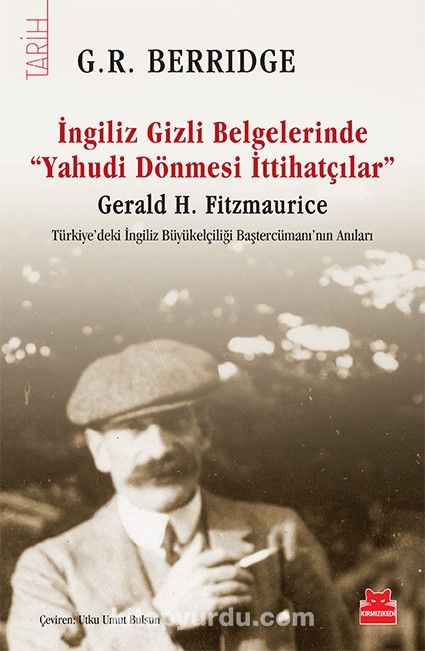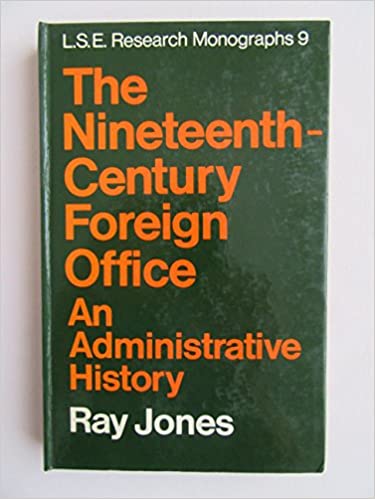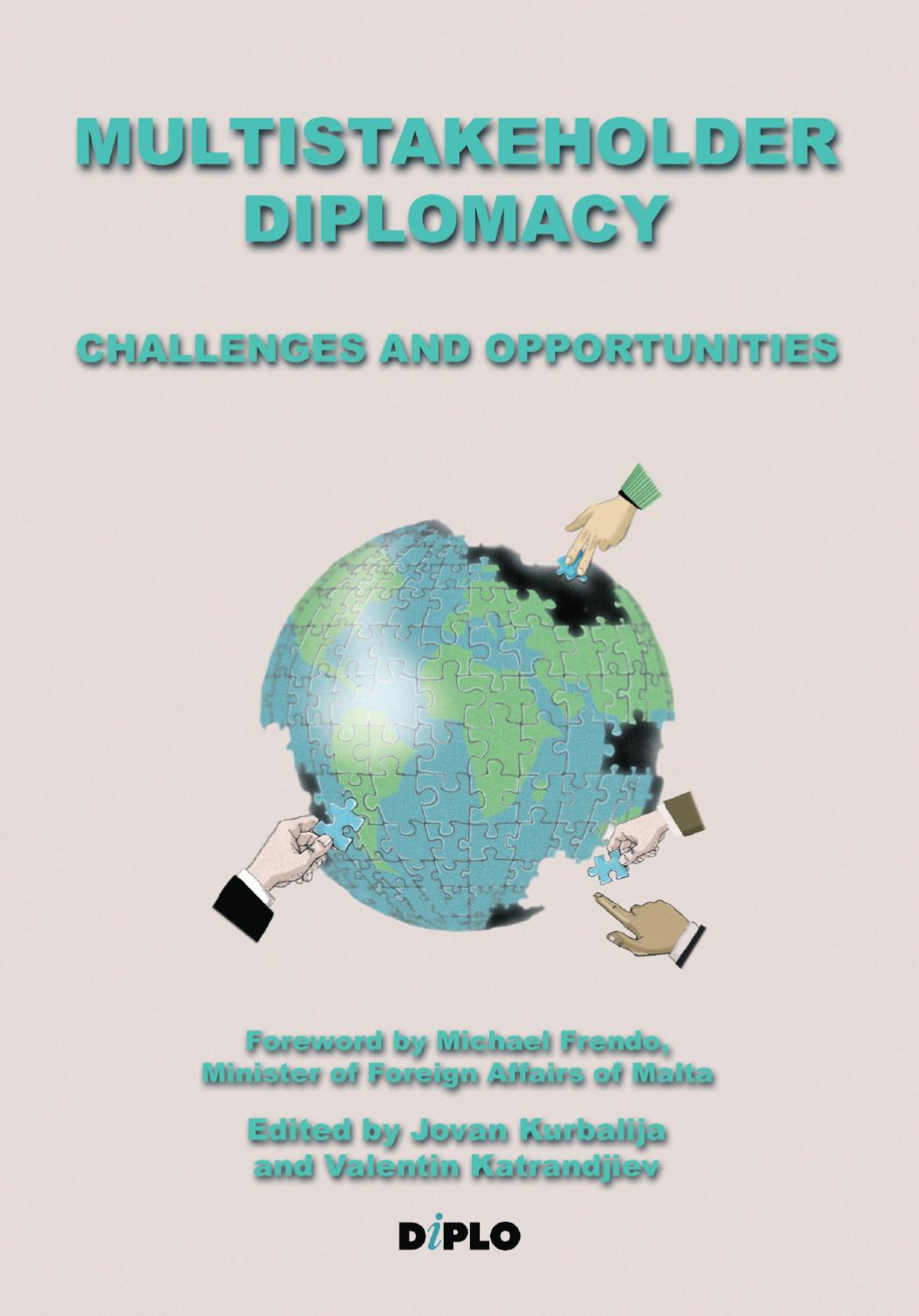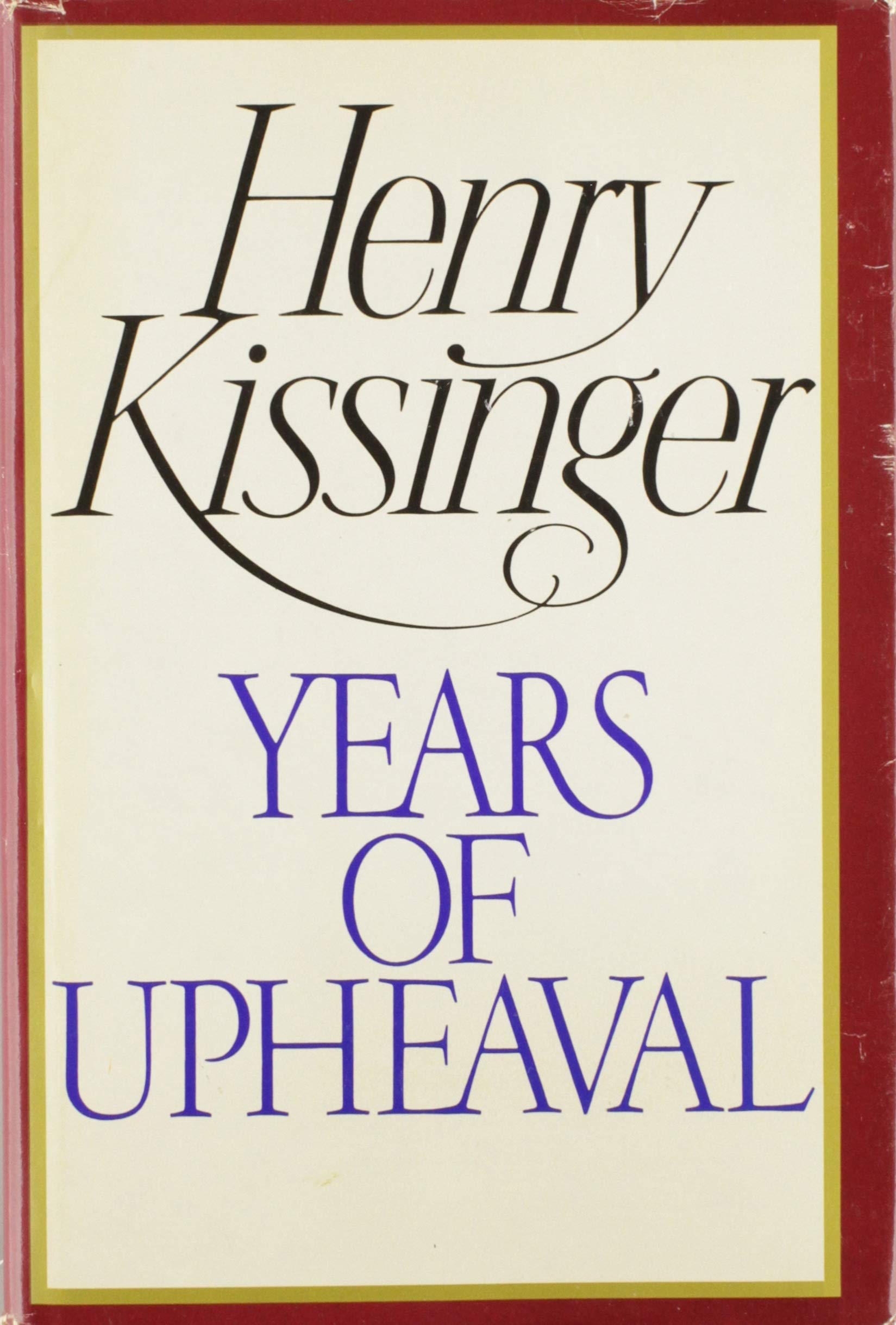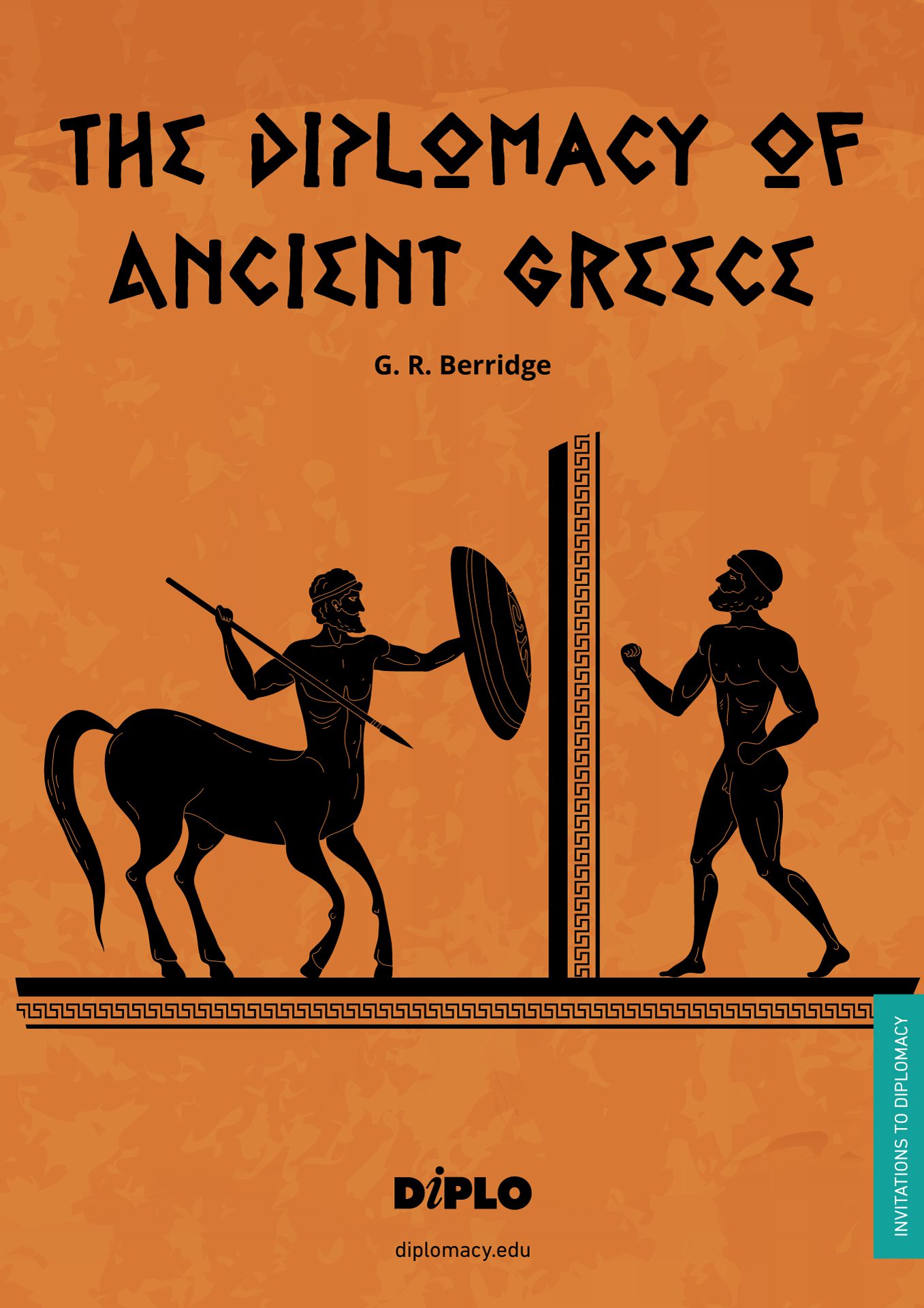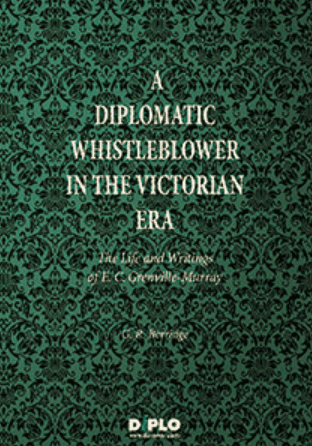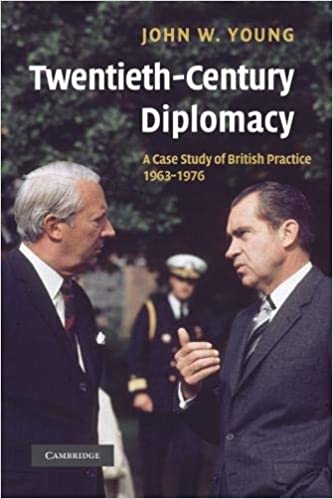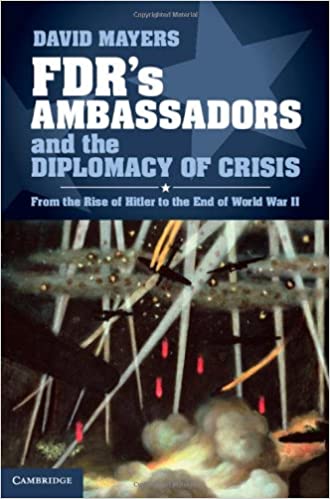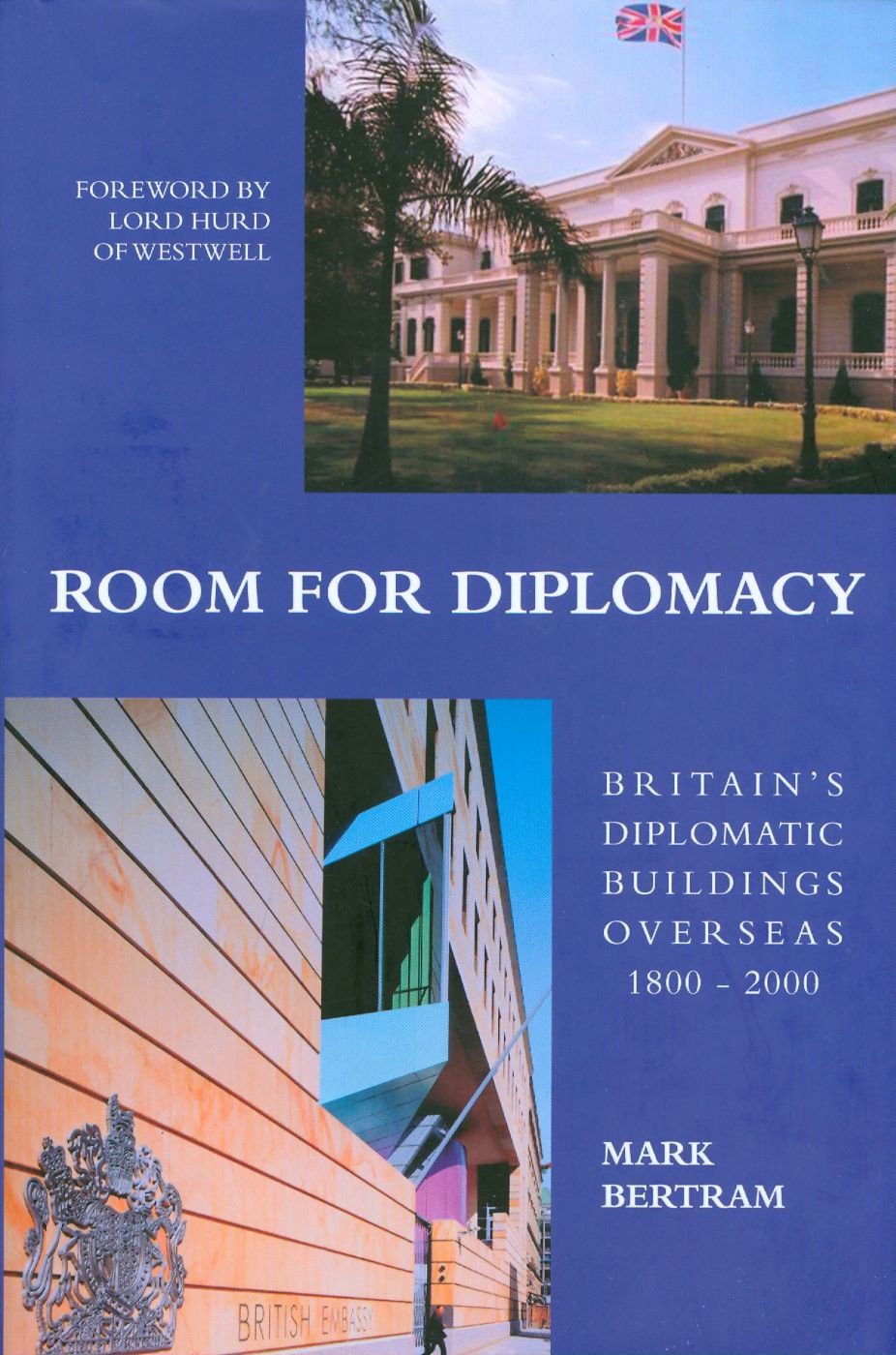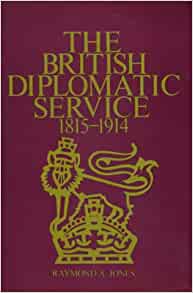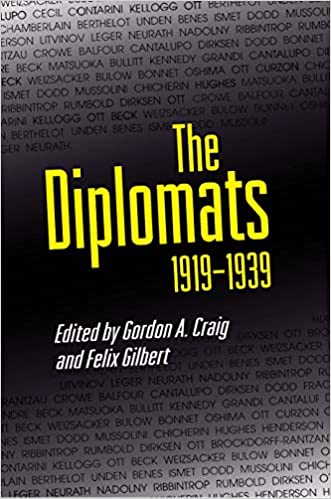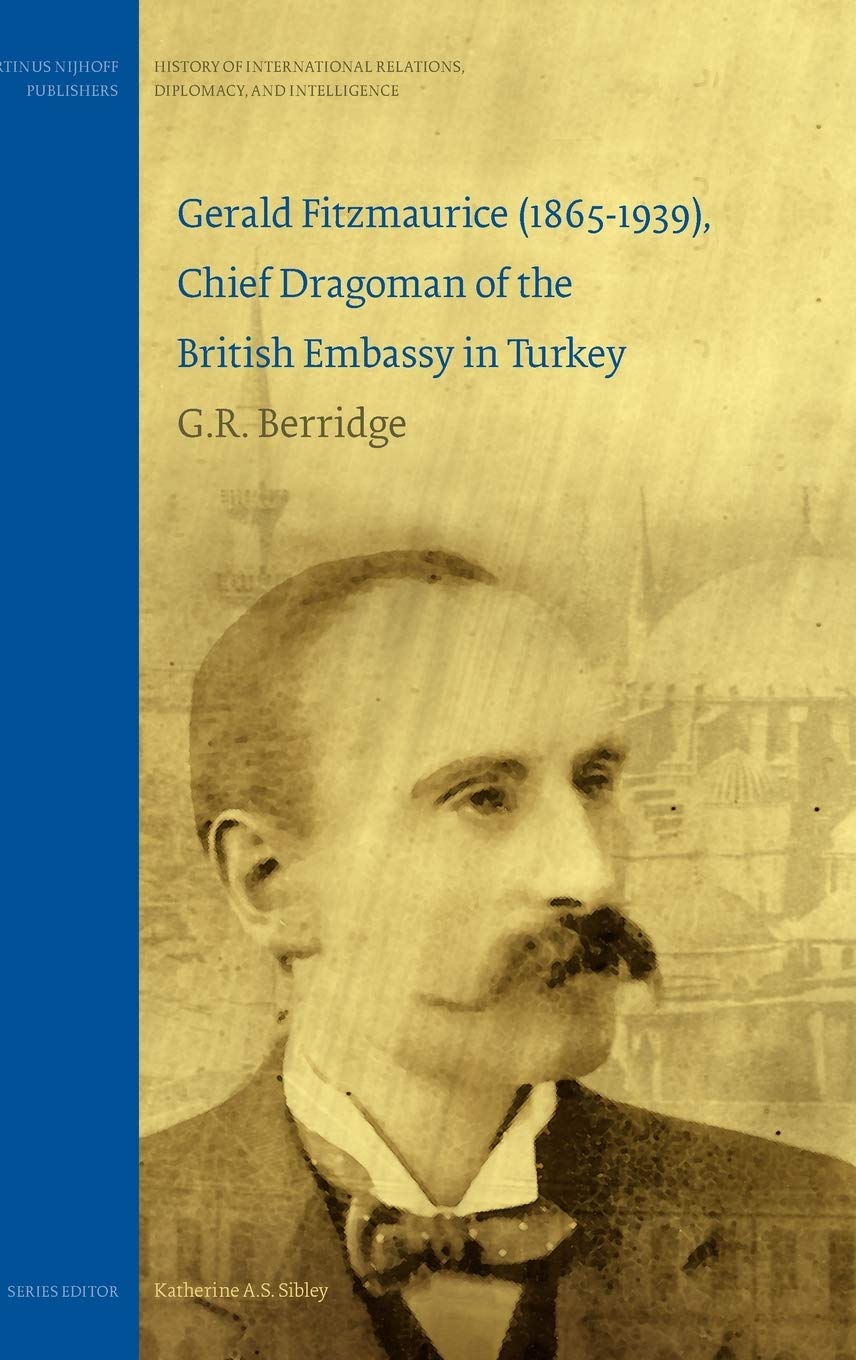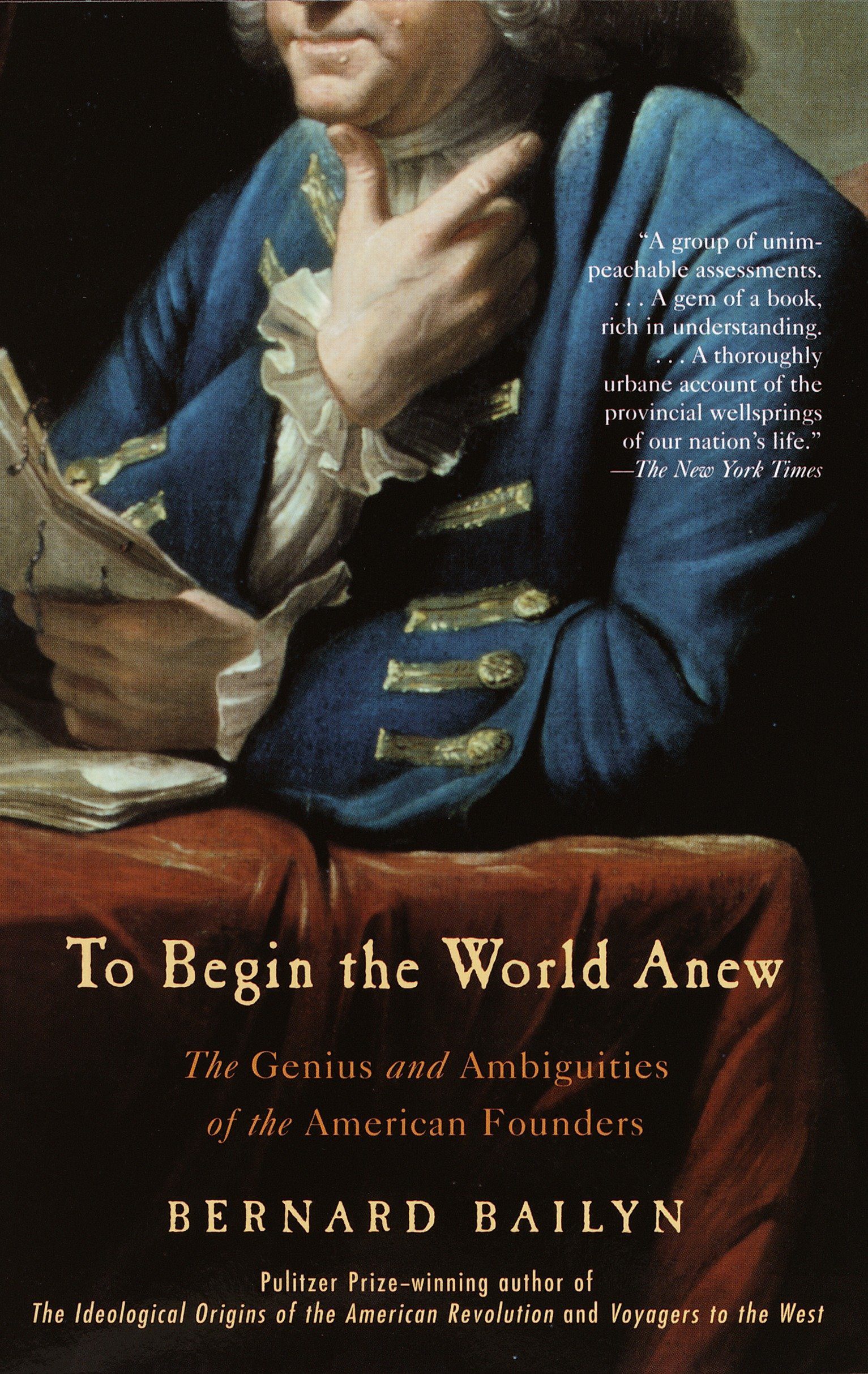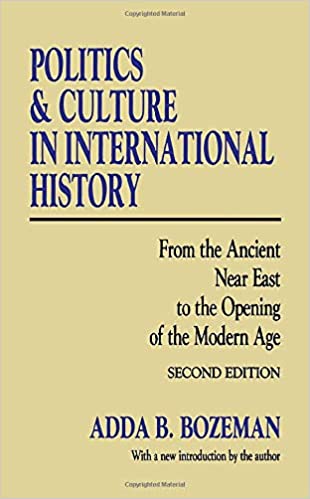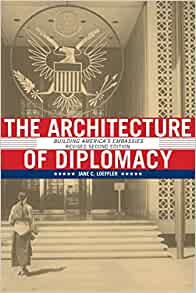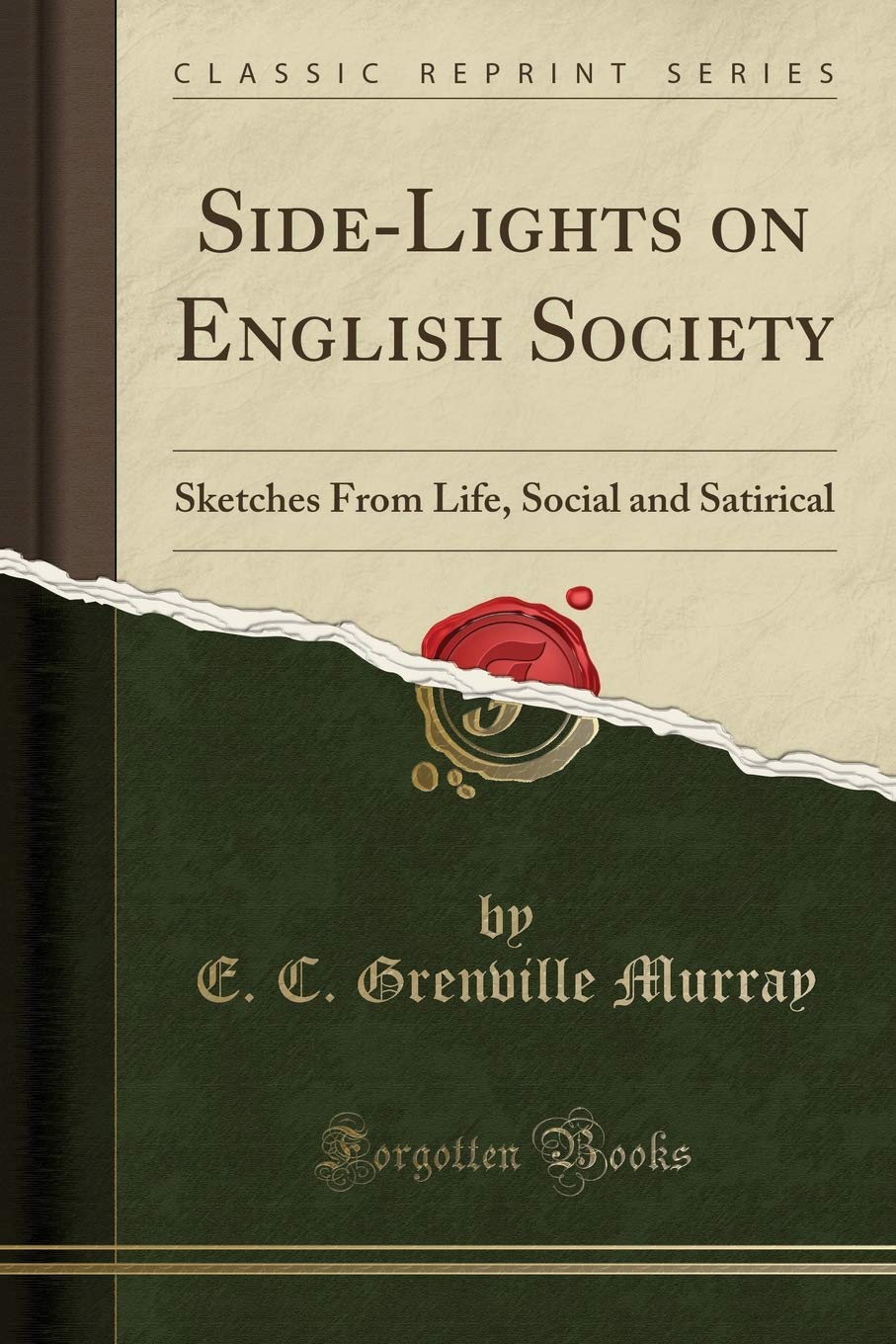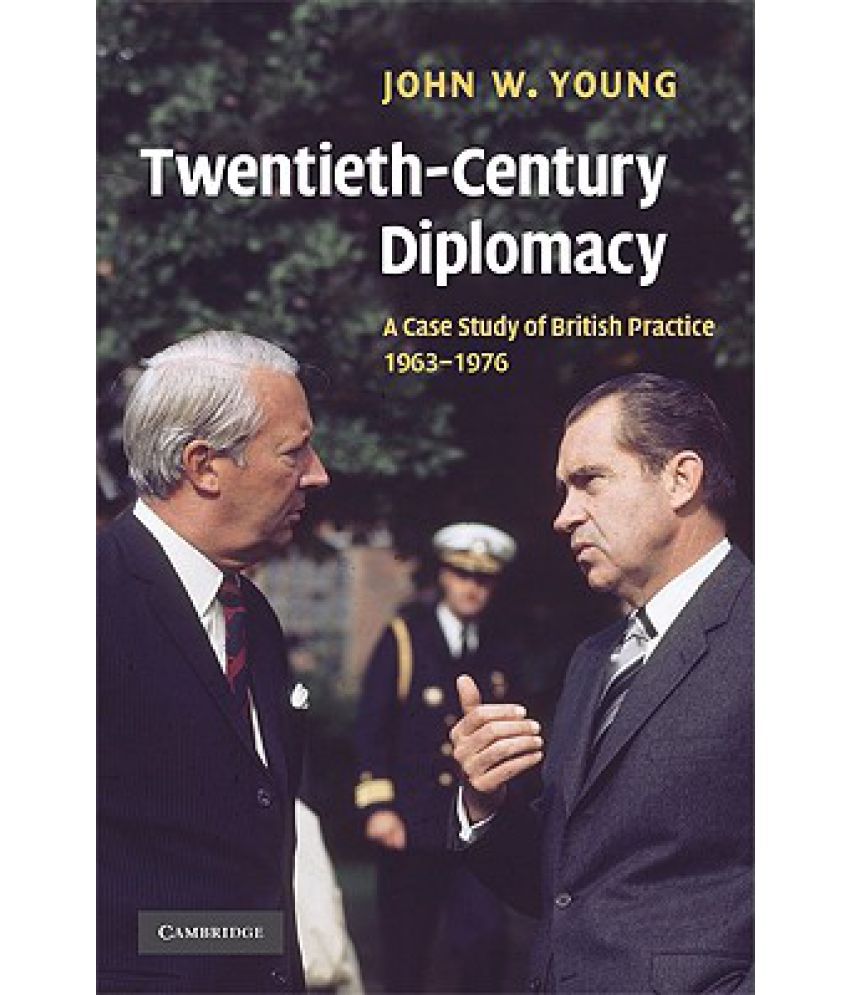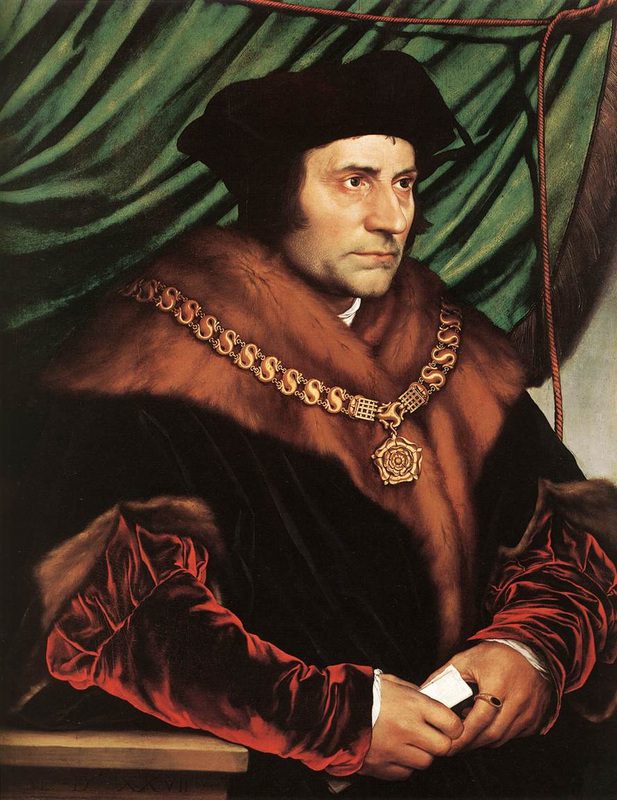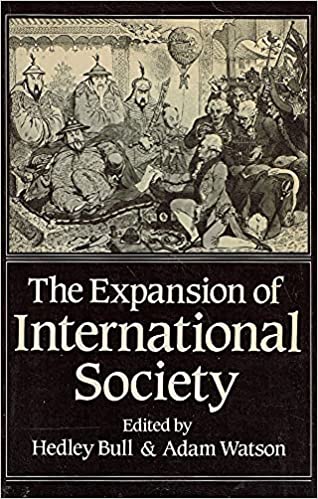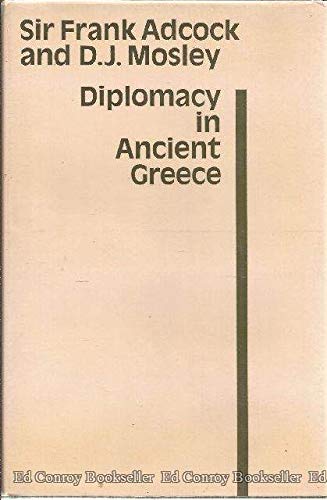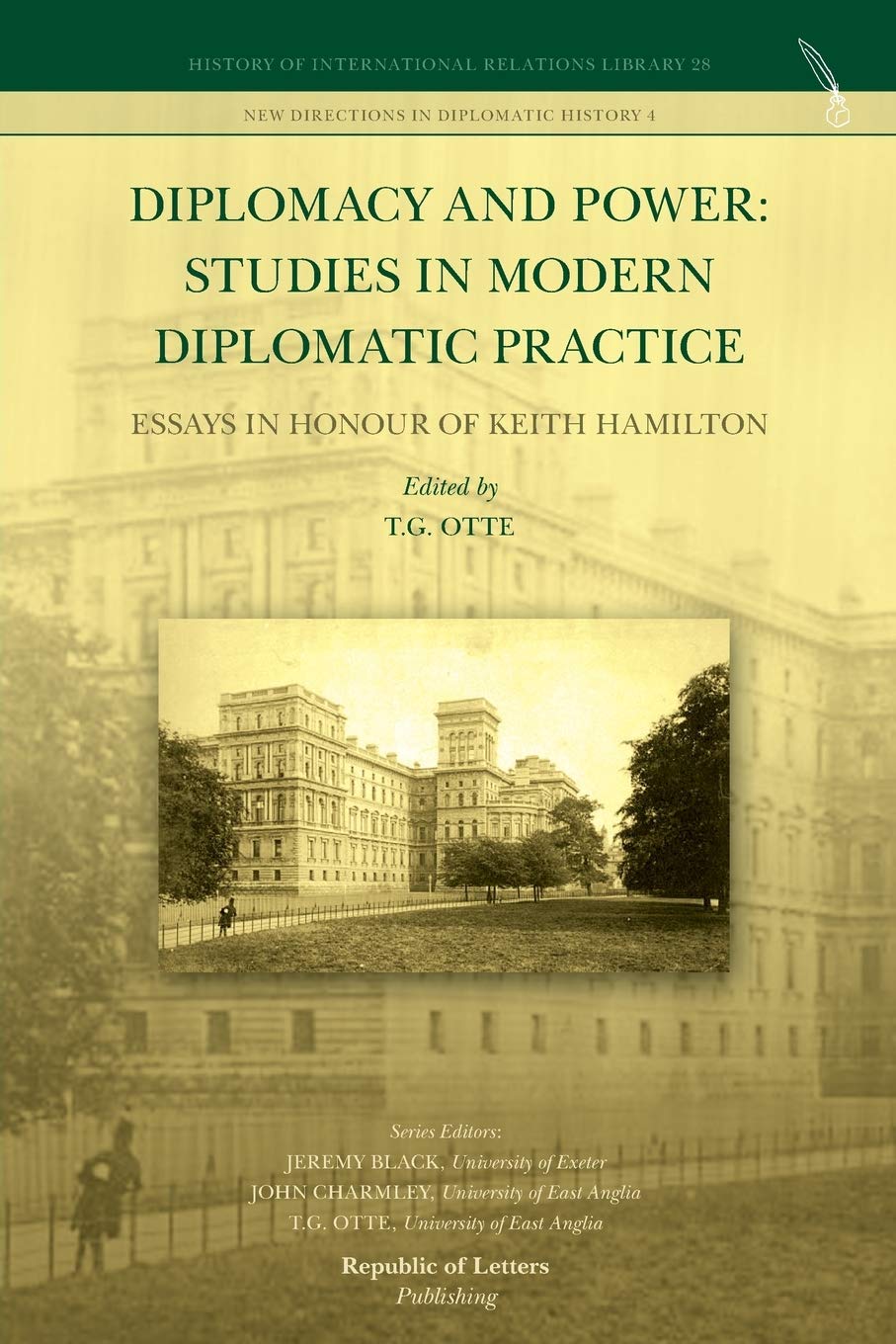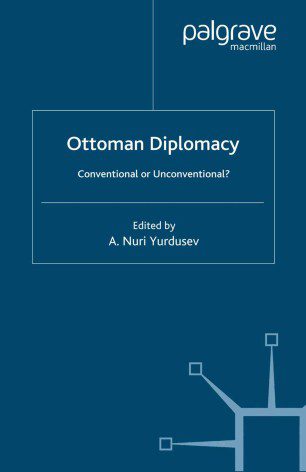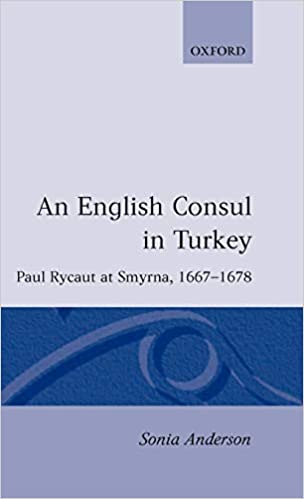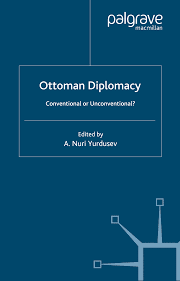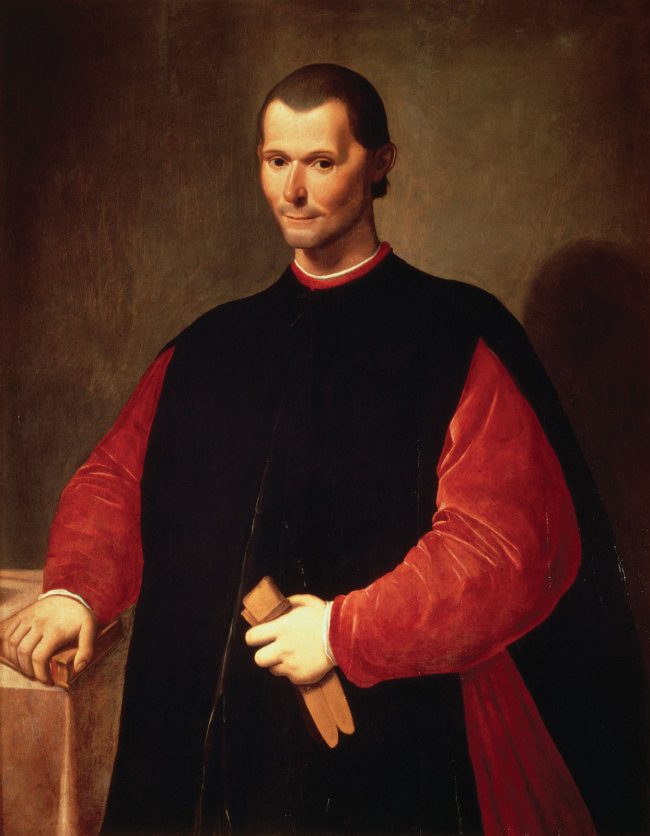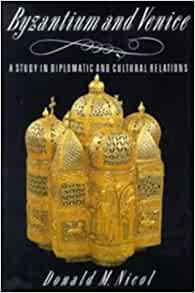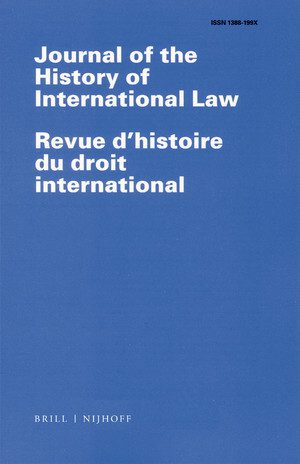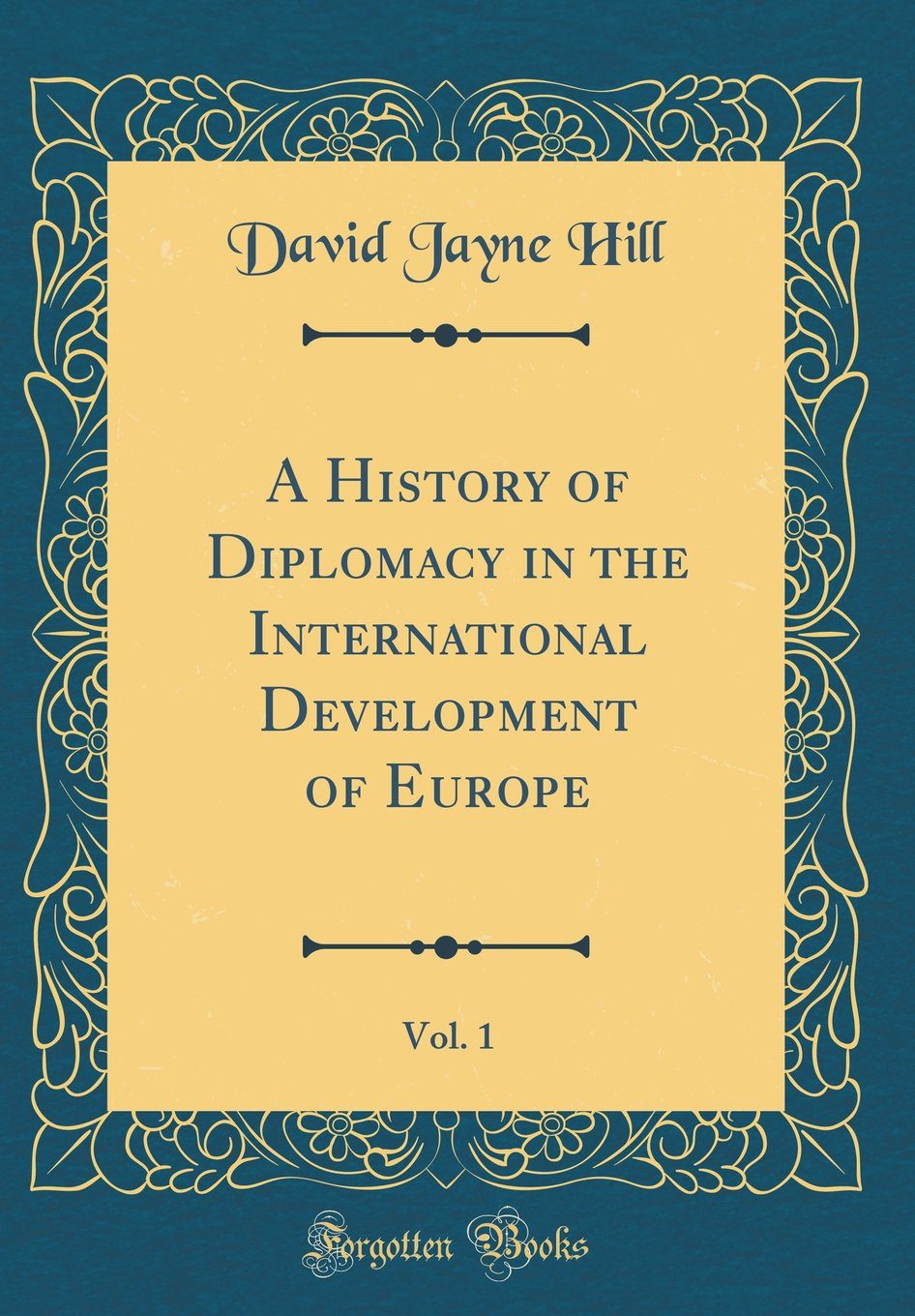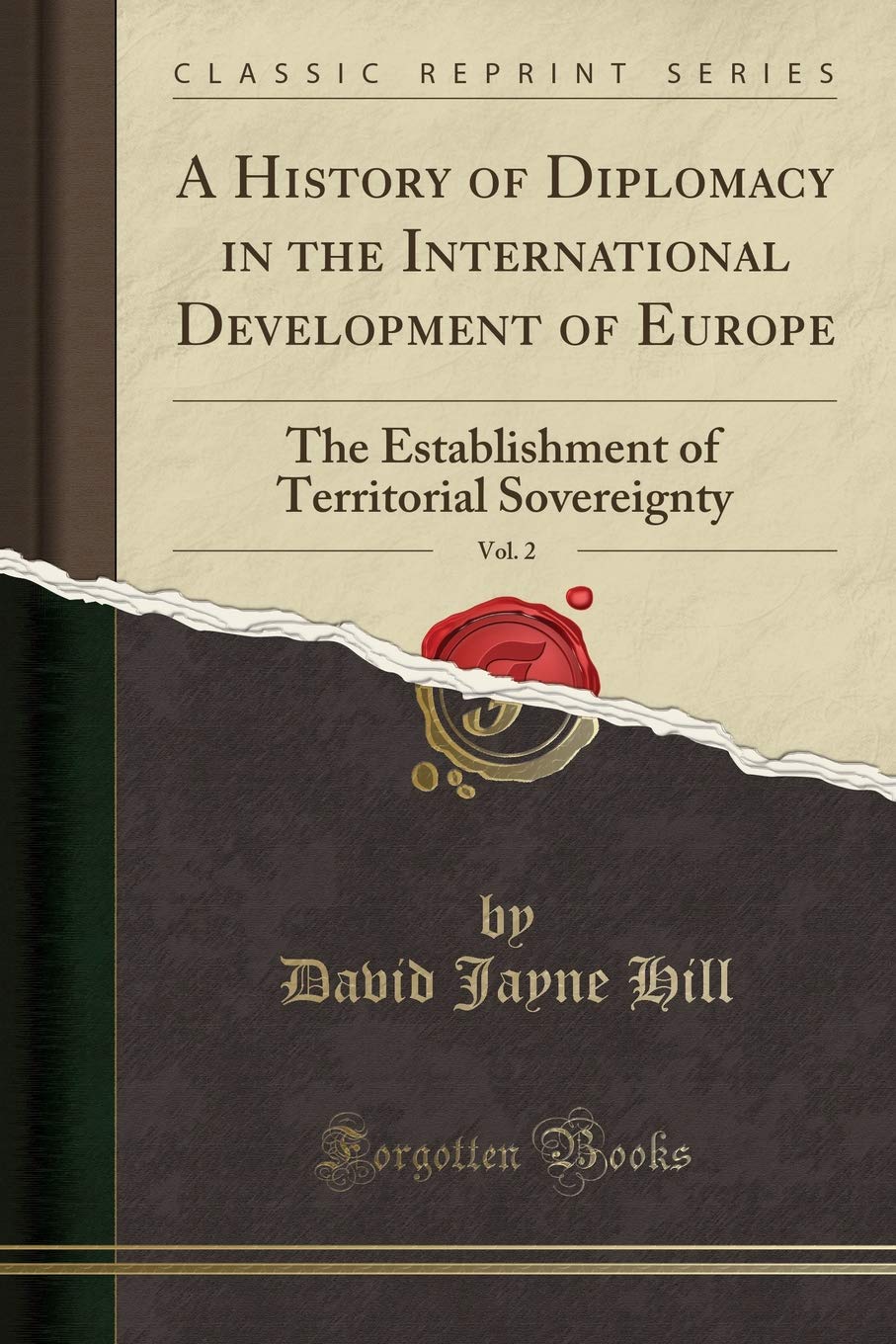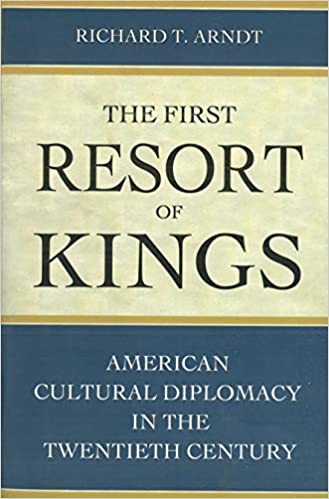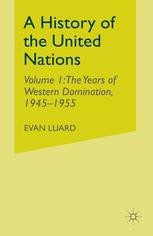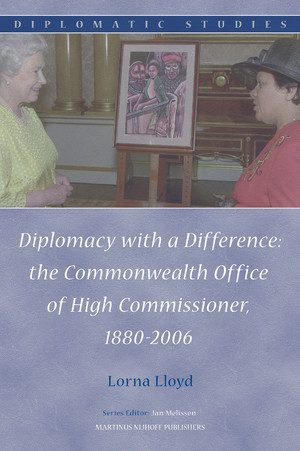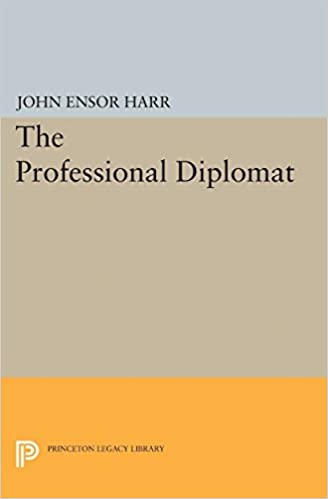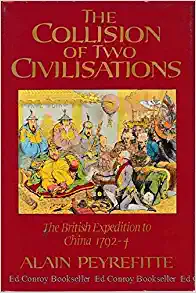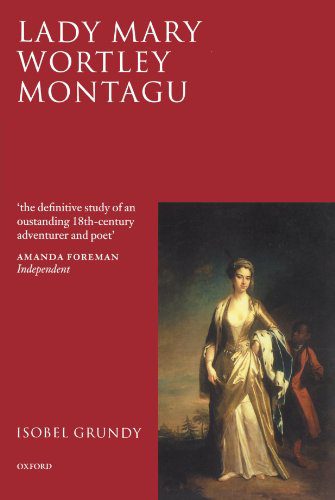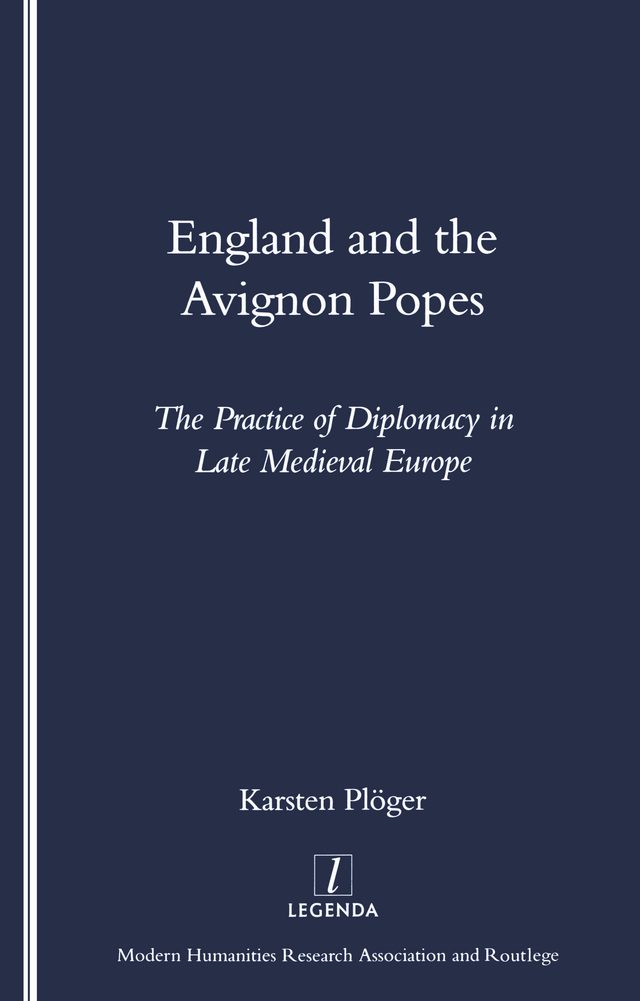THE BACKGROUND
The particular structure of the Order of St. John is quite intriguing to linguists. As it progressed from its early function of a convent with a hospital to the status of a princely state, it had to tackle a number of administrative problems and these were intimately linked to linguistic issues. As we all know, the Order was an international institution, whose members came from all over Europe and therefore spoke different languages. We all know that here in Malta they were organised in separate units called “Langues”, and that there were eight of them, namely France, Auvergne, Provence, Aragon, Castille and Leon, Italy, Germany, England, and that these subdivisions reflected the languages they spoke. In English the term “langue” clearly refers to the administrative unit while “language” carries the normal denotation. Thanks to the French loan-word (a misnomer which linguistic scholarship has not managed to substitute by a more precise and neutral term), English makes a distinction which is impossible in the Romance languages, but then, by using the same word for both (lingua, langue, lengua) the latter convey the full force of the semantic bond which identifies the institution with the speech of its members.
This is apparently a result of the identification between nation and language, a concept which is even older than the Classical age because the Romans and the Greeks called foreigners “barbarians”, a term they adopted from the Sumerians who called foreigners “stammerers”, people who speak in an incomprehensible way. However the linguistic situation in Europe was not as clear cut as the Order’s set-up presents it. First of all the Convent’s division into langues only came about after 1291 (Luttrell 1993: 260-261) and became more evident in Rhodes (1310-1522) where separate auberges were built for resident knights. This practice was maintained in Malta, first in Birgu and then in Valletta. However, when the langues were set up, they did not really reflect nationhood or linguistic custom. For example in the 15th century, French was already the standard language in Provence and Auvergne as well, with the result that actually there were three French-speaking langues. On the contrary Italy was unified only in Malta, for the priories which constituted it actually belonged to different states. The Portuguese were grouped with Castille and Leon while Aragon, comprising the regions of Catalonia and Navarre, was a second Spanish-speaking langue. Apparently the main aim was to organise the various priories (which were the Order’s principal sources of income) into groupings for administrative and financial considerations. The set-up therefore ensured the supremacy of the French knights who were the most numerous and who provided the larger part of the Order’s revenues (Blondy 1993: 660-661).
THE SPOKEN REGISTER
The linguistic issue was further complicated by the fact that in most regions the local dialects were still very much alive in everyday speech, and this must have created one of the most urgent problems ever since the Order’s foundation. What was the Order’s language of ordinary conversation? Obviously, knights of the same langue must have spoken their own language between themselves, but they also had to converse with the knights of the other langues. Information on this issue is lacking from the documents and one can generalise what Ann Williams points out with reference to the Chapters General, that “there are no notes on the debates of the Sixteen” because only their decisions were recorded (1993: 294). The predominance of the French knights could have ensured the adoption of French as the medium for everyday conversation, especially during the first century when the Hospital was situated on the mainland, in Jerusalem, and then in Acre. Laura Minervini explains that the expansion of French in the Eastern Mediterranean was due to the rise of the Crusader states because these were led by a French-speaking aristocracy and colonised by Latins who came over from all parts of Europe, especially from the Gallo-Romance regions. French influence covered a vast area, from Cyprus to Constantinople, Thessalonika, Morea and the Aegean and, although French was spoken mostly by the upper classes it was also written for administrative and literary purposes, rivalling Latin. However, extant texts produced in the area show the formation of a koiné marked by increasing contacts with Venetian and North Italian, which reached hybrid proportions in works dated 1367, 1406 and 1423 (Minervini 1996, section 5). When the Order later moved to the islands of Cyprus (1291) and Rhodes (1306) and embarked on maritime activities by forming a small fleet, it could have adopted the lingua franca, which in the Eastern Mediterranean was Venetian-based, especially at the lower sociolinguistic levels.
THE WRITTEN REGISTER: FROM FRENCH TO LATIN
The above considerations help us to understand why the Order had, in its first centuries, adopted French as its official language rather than Latin, in spite of its religious and international character. This means that it did not follow the linguistic practice of the Church, which had picked up the linguistic legacy of Rome as early as the 4th century and maintained it in its liturgy and administration up to the middle of the 20th century. Delaville le Roulx (1904: 5) wrote that the rules and statutes and their comments were originally written in Latin but, since the knights were more familiar with the sword than with the pen (as he put it), their knowledge of Latin was rather limited, so much so that the Master Alphonse of Portugal (1203-1206) ordered the translation of the privileges and statutes into the vulgar languages. This practice continued for a long time and later attempts to return to Latin were unsuccessful. Roberto Valentini (1934: 78) pointed out that the original proceedings of the earliest chapters general that have been conserved at the Order’s Archives in Malta (codex n. 280), held between 1330 and 1344, the first one in Montpellier and the other five in Rhodes, are written in French (the statutes) and Latin (the formalities). Another valuable collection is in codex Arch. 64, described by Zammit Gabarretta and Mizzi as “five original documents on parchment” (1964: 209), but defined by Valentini as “copie autentiche, in pergamena e munite della bulla plumbea” (1934: 78). It records the statutes and ordinances enacted by the Chapters General held in 1335, 1344, 1347, 1353 and 1366 “gallico idiomate exarata”.
In the late 14th century recourse to Latin became more frequent. The proceedings of the Chapter General of 1383 ab. inc. [=1384], held in Naples under the Grand Master Roberto Caracciolo, were written in Latin but this was a special case, because Caracciolo had been elected in the schism of Urban VI and Clement VII. He had been named by Urban VI and was not recognised by the Convent in Rhodes where Juan Fernandez de Heredia remained faithful to Clement VII. More importantly, a few years before that, in 1357, the need was felt for a Latin version of the statutes of the Order. Valentini revealed that this collection only included decisions which in some way or another concerned or were of interest to the priory of Lombardy, and he interpreted this as proof of the fact that the French language was giving rise to difficulties in interpretation and was therefore arousing controversy. He quoted the foreword:
Frater Rogerius de Pinibus dei gracia sacre domus hospitalis sancti Johannis Jerosolimitiani magister … Nos itaque volentes tales incredulos de statutis eisdem reddere cerciores, regulam, statuta et consuetudines nostras et nostre religionis de galica lingua, in qua comuniter sunt redacta et continuo rediguntur, resecatis aliquibus ex eis que vobis non necessaria neque utilia videbamus, invicem deliberato consilio, de nostra certa sciencia transferri iussimus in latinum, que sub bulla nostra comuni plumbea vobis presencialiter destinamus.
It was therefore the Order’s Grand Master himself who ordered the translation and guaranteed its contents by his seal. Valentini also dug up an authenticated contemporary copy of the second part of the proceedings of the Chapter General held under Antonio Fluvian de la Rivière in 1433, written in the Sicilian bureaucratic koiné: “la secunda parti di stabilimenti et ordinanci facti et ordinati per lu reverendissimu patre in Christu frate Antoni Flaviani dignissimu Maestru di lu hospitali di Sanctu Joh.” This version must have been meant for the priory of Messina. Similar versions must have existed for the use of the various priories, and Valentini mentions copies in Provençal, Catalan, French, Italian, Latin and German and underlines that the administration of justice in the provinces depended on them. Although a few can be found in the Order’s Archives in Valletta, most of them would have been kept in the relative priories and may now be conserved in local libraries all over Europe. Such copies were still made during the 17th and the 18th centuries.
Anyway it is quite evident that towards the end of the 14th century and the first half of the 15th there was a return to the use of Latin. In fact the proceedings of the Chapters General held from 1454 onwards in Rhodes and in Malta are in Latin or in Latin and Italian, while French only reappeared in 1776 under Grand Master Emmanuel de Rohan (Arch. 280-309). Before tackling the question why the Order abandoned French and turned to Latin and Italian, I wish to explain why I am taking the Chapters General as my point of reference. The Chapter General was the highest legislative authority of the Order and was convened by the Grand Master after its authorisation with a Papal Bull. It was composed of sixteen members, called the Venerable Sixteen, because the eight langues were represented by two delegates each. The laws and statutes approved during the Chapter General were submitted to the Pope for his approval and in this way they became perpetually binding, unless they were revoked in a later Chapter General. The language used in writing these proceedings was not chosen haphazardly, although it is logical to imagine that debates could have been held in different languages. I have already quoted Ann Williams’ observation that there are no notes of the actual debates, and we therefore know nothing about the language used in their oral discussion.
It is very interesting to note that in the introductory pages of a collection of statutes compiled in the 15th century (Arch. 1698, c.14a), the prior of Hungary Giacomo de Soris explained that a simplified form of Latin was being used intentionally:
Nunc de Regula et Statutis apud urbem romanam in sancta congregatione ad ipsius augmentum et Religionis confirmacionem factis verba faciemus in quo humili stilo et materno quasi sermone utimur ut, cum ipsi militis magis ferro quam litteris apti sint, ad interpretanda varia rerum vocabula laborare non cogantur.
The above statement, discovered by Valentini (1934: 84), may be a symptom of the difficulties that the Order had met and was trying to surmount when it decided to adopt Latin and abandon the use of French. In order to understand why this came about it is necessary to have a look at the contemporary linguistic scenario in France and in Italy. During the 14th and 15th centuries the French language was undergoing a traumatic experience due to radical phonological changes, while Humanism was spreading from Italy to all Europe, fostering the use of a better kind of Latin. The 12th and 13th centuries had witnessed the rise of Francien, the dialect of the Ile-de-France, above all the dialects of the Langue d’oïl as the language of power and of literary texts like the chansons de geste (Chanson de Roland etc.) and the romans courtois of Chrétien de Troyes. These gave it great prestige not only in France but all over Europe. Despite the difficulties, a relatively standardised and quasi-phonemic orthography was widely used. However, during the next three centuries that stability was thrown into turmoil by very rapid phonetic changes which produced many monosyllabic homophones (like mère, mer, maire and cent, sent, sans, sang) and transformed diphthongs like /oi/ into /we/ and then to /wa/ (as in danois) or to /e/ (as in anglais). Following the advent of Humanism and the reawakening of interest in Latin, the orthography became more complicated with quasi-etymological spellings. In this way letters present in the Latin etymon were reinserted in the corresponding French derivation, like the g in doigt from digitum and the p in sept, sometimes erroneously as in poids, sçavoir, peult. These letters were written but not pronounced and, together with the monosyllables mentioned above, created difficulties for French people and especially for foreigners. In fact a number of them were later abandoned: oncques, soubz, doulx, sepmaine (see Ayres-Bennett 1996: 7-12, 98-139). Not surprisingly a historian of the French language summed up the situation with the words “jamais l’orthographe française n’a été aussi compliquée qu’à l’époque du moyen français” (Chaurand, 1972: 67).
Therefore, at the time of the passage from Old French to Middle French (and the language later necessitated another reform in the Classical period, which was accepted by the Académie in 1740 and remained stable since then), Latin enjoyed the advantage of high stability thanks to the fact that its teaching was based on literary models which were unchanged for 1500 years. Moreover it had been codified in grammars that continued to be studied throughout the Middle Ages, from Varrone, Quintilian, Donatus, and Priscianus to Isidorus of Seville and Alexandre de Villedieu in the late Middle Ages and then on to Guarino Veronese (1418) and the Humanists. On the other hand, the first French grammar did not appear before 1530, when John Palsgrave published his Esclaircissement de la langue françoyse, because W. Bibbesworth’s late 14th century handbook only gave a list of words and phrases for foreigners. This means that in the 14th and 15th centuries foreigners had no real aids to learn the language and consequently French lost much of its influence abroad, especially in southern Italy, Sicily and Cyprus.
ITALIAN
It is quite surprising to observe that Italian was increasingly used by the Order, considering that the Italian knights were a minority when compared to the French and the Spanish, especially when one keeps in mind that, while France and Spain were very strong monarchies, Italy had a fragmentary political situation which could not give any kind of backing to its language. However, one should not underestimate the influence of Venice, which had a number of colonies in the eastern Mediterranean, and of Florence through its banking and financial activities. Significantly, the use of Italian by the Order of St. John did not start in Malta but in Rhodes. Although there were only two Italian Grand Masters (Giovan Battista Ursini 1464-96 and Fabrizio del Carretto 1513-1521), the presence of Italians in the Chancery may have been helpful. Due to the Latinisation of names, it is not always easy to determine the nationality of the Vice-Chancellor and other amanuenses employed there, especially if they were not knighted, but Melchiorre Bandini who became Vice-Chancellor in 1437 and Tommaso Bosio (locumtenens in 1529 then Vice-Chancellor until 1538, but often substituted by regents) were certainly Italian, and possibly also Heliseus de Lamanna (1451) and Bartolomeo Poliziano (1501). However, the inclusion of Italian texts in the proceedings of the Chapters General does not always coincide with the above names. Anyway the Order’s Chancery employed persons of diverse nationality, who copied documents, wrote letters, drew up treaties and composed other works like histories of the Order. It is known, for instance, that Grand Master La Valette had Oliver Starkey, an Englishman, as his Latin secretary and he also had an Italian and a Spanish secretary (Luttrell 1968). This seems to indicate that these were the three languages most widely used in the Order’s affairs, although one must add French.
The first important text in the Italian language was discovered by Valentini in ms. Arch. 358, which contains the proceedings of the Chapter General that was held in Rome in February 1445 ab. inc.[=1446]. One may be tempted to attribute its being written in Italian to the place where it was held, but I would expect a meeting convened by the Pope (Eugenio IV), “celebrato a Roma in la Vasilica del glorioso apostolo San Piero, de commando del sanctissimo padre” to be in Latin, especially since the three chairmen who were standing in for the Grand Master (Jean de Lastic) were not Italian but the priors of France, England and Portugal.
After that, one regularly finds Italian documents included in the proceedings of the Chapters General held in Rhodes. The first one is dated 1454. The Grand Master was Jacques de Milly and the Vice-Chancellor was Eliseo della Manna (who does not figure in the list of Italian Knights, either because he was not Italian or because he was not a knight). Nor does the topic of the passages in Italian concern exclusively Italian affairs. The passage in the Chapter General of 1454 deals with administrative matters (Arch. 282: VII v – IX v), one in the C.G. of 1501 presents general rules governing all the clergy connected with the Church of St. John (Arch. 284: cc.32 v – 34 v); in the C.G. of 1532 ab. inc. [1533], article 27 establishes regulations governing the galleys (Arch 286: cc. LIX v – LX r) and article 28 prescribes rules on dress (cc. LX r – LX v). In the proceedings of 21 March 1538 ab. inc. [1539] article 37 deals with the heritage of deceased knights (Arch. 286: cc. LXXXIX v – XC r), article 48 lays down rules on travelling on galleys (cc. XCI r – XCI v), article 64 concerns the guardian of the harbour, Bernardo d’Agosta (cc. XCIV r – XCV r), while a passage in the proceedings of the C. G. of 6 October 1539 is about general visits (CXXIII r – CXXIIII v). The last document in this manuscript reproduces the instructions given on 21 March 1539 ab. inc. [1540] to two Knights, Henrico Pereyra and Ludovico de Vallée, who were not Italian, regarding their trip to England (cc. 130 v – 131 r). Besides the part about Bernardo d’Agosta, there are only two passages concerning the Langue of Italy in the Chapters General of 1475 and 1533, while another one reproduces the acceptance of the islands of Malta and Gozo, dated 23 May 1527. However these documents are found in a later copy, produced in the 17th century, where the spelling and the language of the original must have been modified.
The linguistic analysis of the Italian texts written in the Chapters General held between 1454 and 1539 show the heavy influence of Latin both in spelling and in terminology. The Humanists’ pressure accounts for the conservation of etymological letters like h (hora, honore, hospitalitade, with occasional hypercorrect forms like hogni and helemosina), and x (exempio, explicato, extraordinarii), the unassimilated consonantal groups cl, fl, pl, dm, gm, bs, ns, ct, pt (ecclesia, pleno, augmento, administrare, absolutamente, constituire, facta, scripti; although there are also examples of assimilation like ditto, ditta, ditte, sopraditto, fatto, lette, scritto). Other features include keeping the t unvoiced in hospital, patrone, the lateral palatal rendered by -li-, instead of -gli- , in filioli, melio, volia, and the conservation of -ti- for z (intentione, licentia, spetial). Some etymological vowels or diphthongs are also maintained, like u (capitulare, particular) and au (laude).
Unmodified Latin terms and expressions are obviously due to the fact that traditionally these matters were always written about in Latin. We therefore often find grammatical words like etiandio, cum, ultra de, multi, solum, etiam, non obstante, etymological endings in sanctitate, virtute, preponere, proponere, high register nouns like augmento, continentia, ecclesia, exemplo, hospital, inimico, iustitia, magistero, permissione, as well as adjectives and adverbs: antique, inscripti, licito, maiori, explicato, servato, spetial. Formulas and expressions which are typical of the bureaucratic, administrative and legal domains are abundant: in manu de, ipso facto, ex improviso, pro et contra, cum libero arbitrio, super et infra scripte, while others may show slight adaptations: per la dio gratia, li debiti nostri.
The recourse to Latin was inevitable because its centuries-old stability guaranteed continuity in form and substance to the legal documents which were now being written in the modern languages. The models of all the authors of these deeds were the traditional Latin texts, and in this way the Latin model was a cohesive element in all the chanceries and gave rise to a common bureaucratic koiné which is still the common core of European legal jargon (Tavoni 1992: 54). Latin therefore provided all the terms and expressions that were necessary to speak of legal and administrative matters and was a rock-like point of reference to all writers.
However, when the need arose to write about practical things, Latin could not provide all the solutions, and the authors had to turn to the other pole on the linguistic axis. Practical things and activities used to be spoken of in the local dialect, because neither Latin nor the literary standard could provide the desired solutions. For this reason, while Latin was a unifying factor for all high-register writings, the dialects were a factor of fragmentation. Writers therefore felt the necessity to eliminate as much as possible those elements which marked them as belonging to a particular community. In this way regional koinés arose which, in spite of the authors’ will to de-localise their language, still marked it as a diatopical (or local) variety. This was happening in the various Renaissance courts of Italy where a higher grade of the local vulgar speech was being written under the influence of Latin bureaucratic practice and literary Tuscan texts. The chancery of the Order was following suit, and in Rhodes the texts that were being written in Italian were showing features of the Venetian regional variety that was predominant in the area.
The Order may have entered the linguistic orbit of Venice like the Venetian colonies of the eastern Mediterranean, or perhaps the Knights may have acquired the habit of speaking the lingua franca which, in that region, had an Italo-Venetian stamp on it (Cortelazzo 1995: 321-322; Minervini 1996, section 5). At the upper social levels of the Order this would have been polished under the guidance of the Italian knights, among whom the Tuscans would have exerted the pressure of their literary prestige. The fact is that the texts incorporated in the Chapters General show unmistakable features of the northern Italian variety and particularly of the Veneto region. This was inevitable because the literary variety of Tuscan was not codified before the grammars of Fortunio (1516) and Bembo (1525). Among the peculiarities which mark the spelling of the Italian passages in the Rhodian Chapters General, -ci- for -zi- in iusticia, officio, consciencia, devastacione, y in may, noy, voy, soy, poy, ch before a or o: chavalaria, anchora and k in karigi, were common all over Italy. However, the following are sure markers of a Venetian substrate: a single consonant for a Tuscan double as in alora, avenire, hano, improviso, mezo, nesuno, quatro, sapiamo, tuta, tuti, and systematically -ano for -anno in the ending of the 3rd person plural of the future tense, farano, serano; the dropping of the final vowel after -l, -n, -r as in capitol, general, hospital, mortal, qual, guardian, sian, proveder, signor, sustenir; ç for palatal c or for z in çascun, ço, faço, piaça, driçamento, viçecançeller and z for palatal c and g as in a zo che, incomminzato, zorno, zorni. The diphthong uo is always rendered by o: bona, bono, bon, fora. On the morphological level the most notable feature is that the Tuscan ending of the first person plural, present tense indicative, -iamo is never used. The normal endings here are -amo (admonestamo, comandamo, confidamo, declaramo) and -emo (devemo, havemo), while in the future tense the third person singular and plural forms are -arà, -aràno (farano, se rasonarà), -erà, -eràno (haverà, serano, vegnerano) and -irà (contra venirà). On the lexical level one notes como (which is constant for come), inseme, insire de fora, mainera, neguna, oldete, rasone, rasonarà, which are generally typical of the northern Italian dialects or of the Veneto region. A sample of the 1454 Chapter General held in Rhodes is reproduced in Appendix A.
In the proceedings of the Chapters General that were held in Malta in 1533 and 1539, some of the peculiarities in spelling disappear or almost: the graphemes ç, x and y; the etymological h is used less often, -gli- becomes constant: baglii, saglieno, tagliare, tagliature, piglia, dispoglie, ricoglino. Although the single consonants for the Tuscan double are still common (barete, “berrette”, dopie, fruti, pano, drapo, veluto), the doubling of consonants which in Tuscan are single is more evident: cossì, ditta “dita”, gallere, gallioti, buffalli, candelle, potrette, pressa “presa”, raggione, setta “seta”, spessa “spesa”, subbito, vienne, visitarette. There are instances of unaccented middle vowels being dropped (syncope) as in carchi, cargo, zafrani) and z for voiced s as in arnezi, borzaquini. The verbs show a couple of endings in -areti (informareti, visitareti), the use of the conditional as saria, potria, potriano and of the past participle in -uto (attuto, arrenduto) and the gerund with the diphthong faciendo, which all point to southern Italian contacts, together with words like mo and sevo. A sample of the 1533 Chapter General held in Malta is reproduced in Appendix B.
These features can be taken as internal evidence of the fact that the Order, as a result of its move from Rhodes to Malta, just 90 km away from Sicily, shifted its linguistic position from the influence of the Venetian variety to that of the southern variety of Italian. However this new contact could not become very evident in the formal writings produced in Malta because during the first half of the 16th century the Tuscan variety became codified in Italy and was adopted as the written language of the whole peninsula. In 1516 Giovan Francesco Fortunio published the first Italian grammar and in 1525 Pietro Bembo published his Prose della vulgar lingua, dominated the literary scene and resolved the Questione della Lingua. Non-Tuscans now had the necessary instruments to guide them in writing in the manner of the great Tuscan models (Dante, Petrarch, and Boccaccio) and so Tuscan became Italian. The Order must have felt the influence of Bembo, because the Venetian Cardinal, although he had never set foot in Malta, had been knighted in 1514 and became commendatore of Bologna and prior of Hungary.
As a result of these innovations the situation in Italian chanceries was changing. In 1529 Bartolomeo Carli Piccolomini wrote in his Trattato del perfetto cancelliere that “in Italia si scrive parte latino e talora in vulgare” and noted that in every city the local vulgar language was used. He called writing in Latin “l’usanza antica” (the old custom) and he observed that this practice was becoming less common among Italians and that it was used mainly in correspondence with “gli Oltramontani Signori” (with foreign powers). He therefore wrote:
Ne nostri tempi il Bembo veneziano, il Sanazaro napolitano hanno scritto co la lingua Toscana et non con quella de la lor patria et intendo hoggi che tutta Venetia n’è divenuta studiosa et che ancora è usata ne le cose publiche da alcuno […]. In Italia dunque tutte le città deverebbeno scriver toscano et rare volte latino.
Carli Piccolomini’s views were based on his personal experience because he was the Chancellor of the city of Siena between 1527 and 1529. He also insisted that the chancellor and the secretary should know Spanish and French in order to be able to read correspondence coming from those states and explain the contents to those who did not know those languages (Trovato 1992: 71-72).
In Malta the Order was proceeding in the same manner. In fact Piccolomini’s views were echoed by Onofrio Acciaioli who commissioned the publication of the Order’s Statutes “tradotti di latino in lingua Toscana dal R.F. Paolo Del Rosso” (Florence, 1567). In his preface he explained that this was necessary because few people knew Latin while Italian was well known, not only in Italy but also abroad, and especially in Malta, where it was known, understood and spoken more than any other language:
Essendo che la maggior parte delle persone de’ nostri tempi hanno poca notizia della Latina, la quale ordinariamente non si usa, et che questa nostra non solamente in Italia, ma ancor in ogni altra Provincia è conosciuta, et s’intende, et si parla ancora più, che ogni altra lingua, in cotesta isola di Malta, dove è la nostra residenza…
In transferring its seat from Rhodes to Malta the Order of St. John came closer to Italy, and geographical proximity certainly contributed to increase contacts with Sicily and the peninsula. One could also presume that there could have been a diplomatic reason for its adoption, as a kind of compromise between the rivalry of the French and Spanish knights, but I believe that the main reasons were technical. As I have shown, intrinsic linguistic developments had undermined the position of French and strengthened that of Italian. Moreover the codification of the Tuscan variety made Italian an easier language to learn, especially if one had acquired the rudiments of Latin. Of all the Romance dialects, Tuscan had remained closest to the speech of the Classical age because the area between the Tiber and the Northern Apennines had remained protected from linguistic interference, unlike Rome itself which had been sacked many times, and witnessed drastic population movements which had “southernised” its speech. Moreover, during the early 16th century Rome itself was undergoing a process of linguistic Tuscanisation under the Medici popes. The Order’s contacts with Rome could have influenced the adoption of Italian as the spoken medium among members of the different langues, but there was a significant difference because while the Vatican stuck to Latin, the Order increasingly adopted Italian as its written medium.
CORRESPONDENCE
On the diplomatic level the Chancery of the Order more or less maintained this shift towards an increasing use of the Italian language, but it had to adopt a more flexible multilingual approach. First of all incoming correspondence from European royalty could be in Latin, Italian, French, Spanish, Portuguese, German or Russian, as one can see in the collections of letters in the manuscripts Arch. 57 (Liber Epistolarum 1523-1764), Arch. 58 (Lettere di Francia 1528-1764), Arch. 59 (Lettere di Castiglia, Portogallo ed Aragona 1522-1764), Arch. 60 (Corrispondenza 1528-1764), and Arch. 61 (Lettere d’Italia 1552-1762). Outgoing correspondence was usually in Latin when addressed to royalty but instructions to ambassadors were usually in Italian, even when the latter belonged to another nation. Examples can be read in Valentini 1935: 137-237, such as those addressed to the “priore de Castilla et Leone, fra don Diego de Toledos et Baglio de sancto Stephano, fra Gabriel Tadino de Martinengo, ambasciatori da nui et nostro venerando Conseglio delegati a la Cesarea Maiestà”, dated 8 October 1523 (pp. 181-182), and to “fra Pier-Johanne de Bidoux, priore di S. Egidio, de quello haverete a fare in Ingleterra, per dove havemo diputato imbasatore in compania vostra el religioso nostro fra Jacobo de Borbon, comandator de Sainct Moris et Doysemont”, dated 4 July 1527 (pp. 194-196). Section IX of the Order’s Archives is dedicated to correspondence and contains exchanges with the major European powers and with the Order’s ambassadors. It is significant to note that all the letters in the series “Lettere originali degli Ambasciatori dell’Ordine presso la Santa Sede ai Gran Maestri”, a collection of 124 volumes covering the years from 1596 to 1790 are in Italian, letters addressed to the Procurators of the Langue of Auvergne covering the years 1650 to 1779 are in French (5 vols. 1244-1248), and that there are two parallel series: “Registro delle Lettere italiane spedite a vari sovrani, ambasciatori ed altri personaggi dagli infrascritti Gran Maestri” in 164 volumes (numbered 1376-1540) covering the years 1586-1790 and “Registro delle Lettere in francese” written by the various Grand Masters, in 44 volumes covering the years 1586 to 1787 (numbered 1542-1586). They show that in the diplomatic field, although Italian was predominant, French was still very much in use. The catalogues do not show similar collections of copies of outgoing mail in the Spanish language, but this could be due to the loss or transfer of the relevant manuscripts.
I have spoken about Rhodes and Malta in the 15th and 16th centuries, but we are all aware that similar problems are being faced in present-day Brussels, while on the informal level it is interesting to note the adoption of Italian for practical conversation in Switzerland between workers of various nationalities (including non-Europeans) and between these workers and the Swiss (Schmid, 1994: 26-35).
REFERENCES
Ayres-Bennett, Wendy. A History of the French Language through Texts. London and New York: Routledge, 1996.
Blondy, Alain. “Malta and France 1789-1798: The Art of Communicating a Crisis,” in Mallia-Milanes. 1993, 659-685.
Brincat, Giuseppe, in print, “L’uso del volgare nei documenti ufficiali dei Cavalieri di San Giovanni a Rodi e a Malta tra Quattro e Cinquecento,” in Italiano anno mille. Italiano anno duemila. Proceedings of the SLI congress, Florence, October 2000, 19-21.
Chaurand, Jacques. Histoire de la langue française. Paris: PUF (Que sais-je?), 1972.
Cortelazzo, Manlio. “Usi linguistici fuori d’Italia nel Medioevo: le Repubbliche marinare in Levante,” in La Lingua d’Italia. Usi pubblici e istituzionali, atti del XXIX Congresso SLI, ed.G. Alfieri and A. Cassola. Roma: Bulzoni, 1995, 315-323.
Del Rosso, Paolo. Statuti della Religione dei Cavalieri Gierosolimitani tradotti di latino in lingua Toscana. Firenze: Giunti, 1567.
Luttrell, Anthony. “The Hospitallers’ Historical Activities: 1530-1630,” in Annales de l’O.S.M. de Malte, N. III, unpaginated offprint. 1968.
Luttrell, Anthony. “Malta and Rhodes: Hospitallers and Islanders,” in Mallia-Milanes, 1993, 255-284.
Mallia-Milanes, Victor (ed.). Hospitaller Malta 1530-1798. Malta: Mireva, 1993.
Minervini, Laura. “La lingua franca mediterranea. Plurilinguismo, mistilinguismo, pidginizzazione sulle coste del Mediterraneo tra tardo medioevo e prima età moderna,” in Medioevo romanzo, XX, 1996, 231-301.
Schmid, Stephan. L’italiano degli spagnoli. Milano: Franco Angeli, 1994.
Tavoni, Mirko. Storia della lingua italiana. Il Quattrocento. Bologna: Il Mulino, 1992.
Trovato, Paolo. Storia della lingua italiana. Il primo Cinquecento. Bologna: Il Mulino, 1994.
Valentini, Roberto. “Redazioni italiane quattrocentesche di statuti della Religione Gioannita,” in Archivum Melitense, vol. IX, n. 3, 1934, 73-90.
Valentini, Roberto. “I Cavalieri di S. Giovanni da Rodi a Malta. Trattative diplomatiche (1),” in Archivum Melitense, vol. IX, n. 4, 1935, 137-237.
Williams, Ann. “The Constitutional Development of the Order of St. John in Malta, 1530-1798,” in Mallia-Milanes, 1993, 285-296.
Zammit Gabarretta, Anthony and Joseph Mizzi. Catalogue of the Records of the Order of St. John of Jerusalem in the Royal Malta Library, Vol. I. Malta, 1964.
APPENDIX A
10 November 1454. Rhodes, G.M. Jacques De Milly.
Cod. Arch. 282, Sacra Capitula Generalia 1454-1459. 1462.
c. VII v.
Eodem met die x novembris anni prefati post prandium Congregati fuerunt in loco prelibato ad sonum campana ut mone et supra nominati domini incorporati in generali capituli. Ibiquem prelibatus R.mus. dominus noster magister. Iussie mihi viçecançellario prefato ut legere rotulum sive memoriale suum vulgariter scriptum. In cuius principio commemorat ordinem servandum in presenti generale capitulo. Quem rotulum legi publice alta et intelligibile voce ad omnium illic existencium bonam intelligentiam.
Sequitur tenor principii eiusdem rotuli et ordinis servande in presenti generali capitulo.
Questo presente Capitulo e tute cose che in esso diremo e faremo siano in sancta hora incomminçate, al honor laude e gloria del omnipotente dio padre filio e spiritusancto et de la gloriosissima vergine maria e del sanctissimo precursore sancto johanne Babtista, patrone capo e protectore nostra, et de tuta la corte celestiale, et a honor e stato de la sancta madre ecclesia Romana, et de lo clementissimo suo pastore padre superiore e signor nostro signore Nicolao, per la divina providentia papa Quinto, de cui licentia e permissione NOI FRAR JACOBO de mylly, per la dio gratia de la sancta casa [c. VIII recto] del hospital de sancte Johan de Jherusalem magistro humile e guardian deli poveri de Jhesu Cristo, inseme cum voy in questo nostro General Capitolo, questo zorno intitulato lo decimo del mese de Novenbre l’anno de la Incarnatione de nostro Signore Mil quatrocento cinquanta quatro legitimamente congregati. Sia etiandio honore augmento de la nostra Religione in pace salute e riposo de tuti noy. Amen.
Venerabili e dilectissimi in Cristo fratelli e filioli, per melio intendere el principio, el mezo el fine de le cose in questo Capitolo devemo rasonare, trattare e finire, a noy pare necessario e anchora al nostro magistrale officio se apartene de preponere certo ordine da tenere e servare nel procedere nostro afin che sapiamo quanto e quale siano le parte e como prima e poy sian poste per non confundere le materie e azo che lo breve tempo in vano non se spenda.
Primo como vedete e oldete a noy e commandato da la sanctitate del nostro signor sopraditto che fa virtute de sancta obedientia debiamo tre cose avanti che altre se incomminciano diligentemente riguardare, finire, stabilire e bollare. [continued]
APPENDIX B
9 February 1532 ab. inc. [= 1533]. Malta, G.M. Philippe Villiers de l’Isle Adam. Cod. Arch. 286, Sacra Capitula Generalia 1526, 1532, 1538.
c. LIXv (De triremibus XXVII)
Item post varias confabulationes sine directione statu et armamento triremis seu Gallearum, Rev.di D. xvi Capitolares statuerunt et decreverunt in modum qui sequitur
E primo
Che ‘l venerando Capitano e patroni de gallere se debiano constituire et ponere in l’officio per doi anni bene faciendo.
Item che sopra cadauna gallera non si debia portare più de ottanta scapuli boni et sufficienti et portandone davantagio che sia sopra el capitano et patroni, et cossì medemo che ogni gallera non possa portare più de sei gallioti ultra el numero delli remi.
Item che né lo capitano né li patroni possino imprestare denari tanto a scapuli como a galioti che non sieno scriti per mano del scrivano, et che in ogni gallera non si possa portare più de quatro bombarderi.
Item senza preindicare le preminentie de Italia che sopra dette gallere non si possa portare da mo inante altre bandiere che a l’insegna et arme della religione et del Rev.mo gran Maestro presente et futuro, excetto che l capitano possa portare il stendardo grande cum le arme sue. Et li patroni alcune bandere di nostra bona o di sancto Joanne cum le arme sue in pede di epse bandere, et li dette bandere della Religione e del maestro sieno fatte belle et honeste a spese del comun thesoro.
Item che li comiti et scrivani non debiano né possino imprestare alli gallioti più de uno florino per homo il mese, et facendo il contrario, cioè prestandoli più de uno florino el mese, tanto el fugitivo como alli altri, che lo perdano.
Item che ‘l comito non possa tagliare alcuna gomena che non sia in presentia del scrivano quale debia fare nota. [continued]


